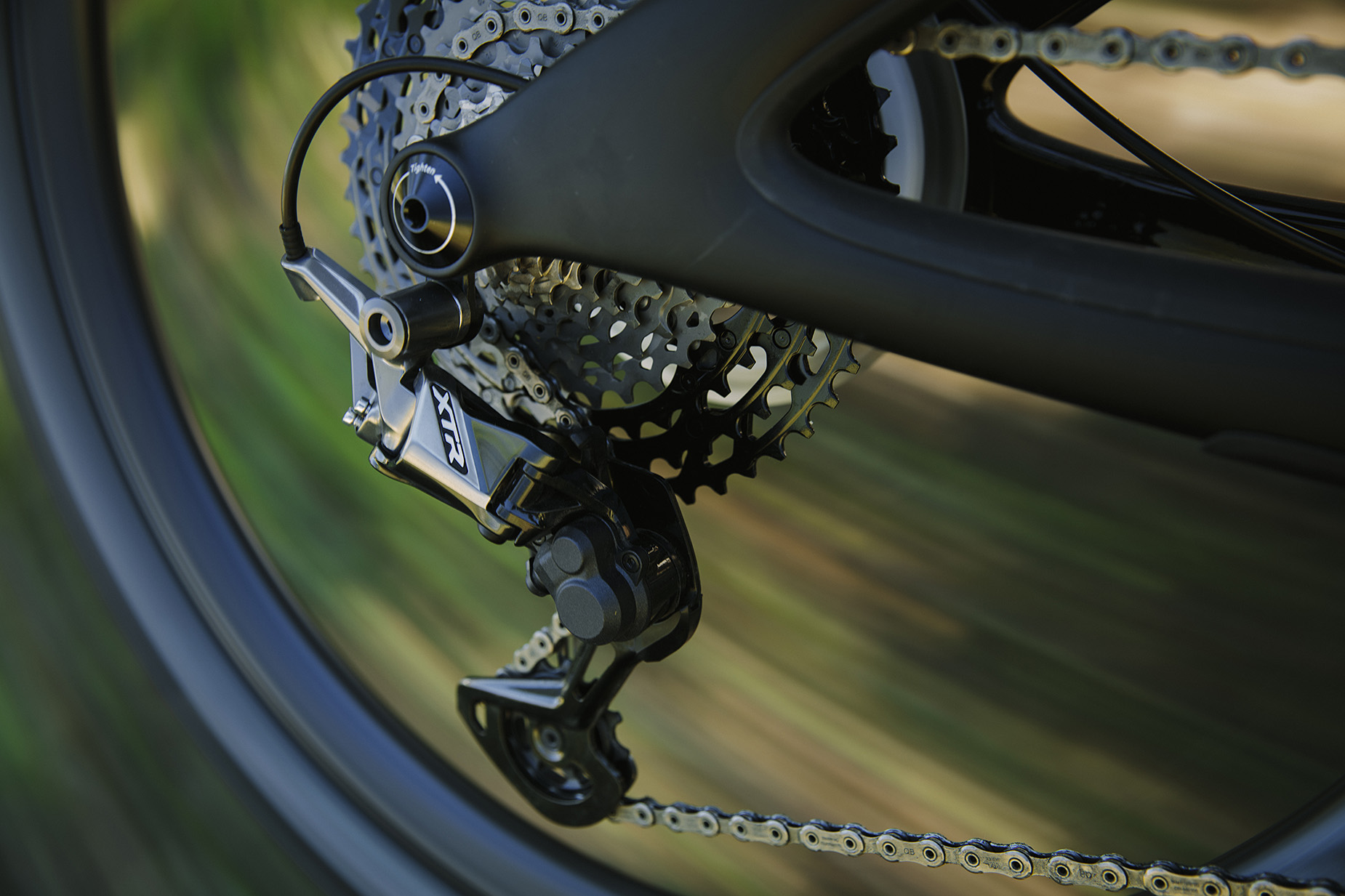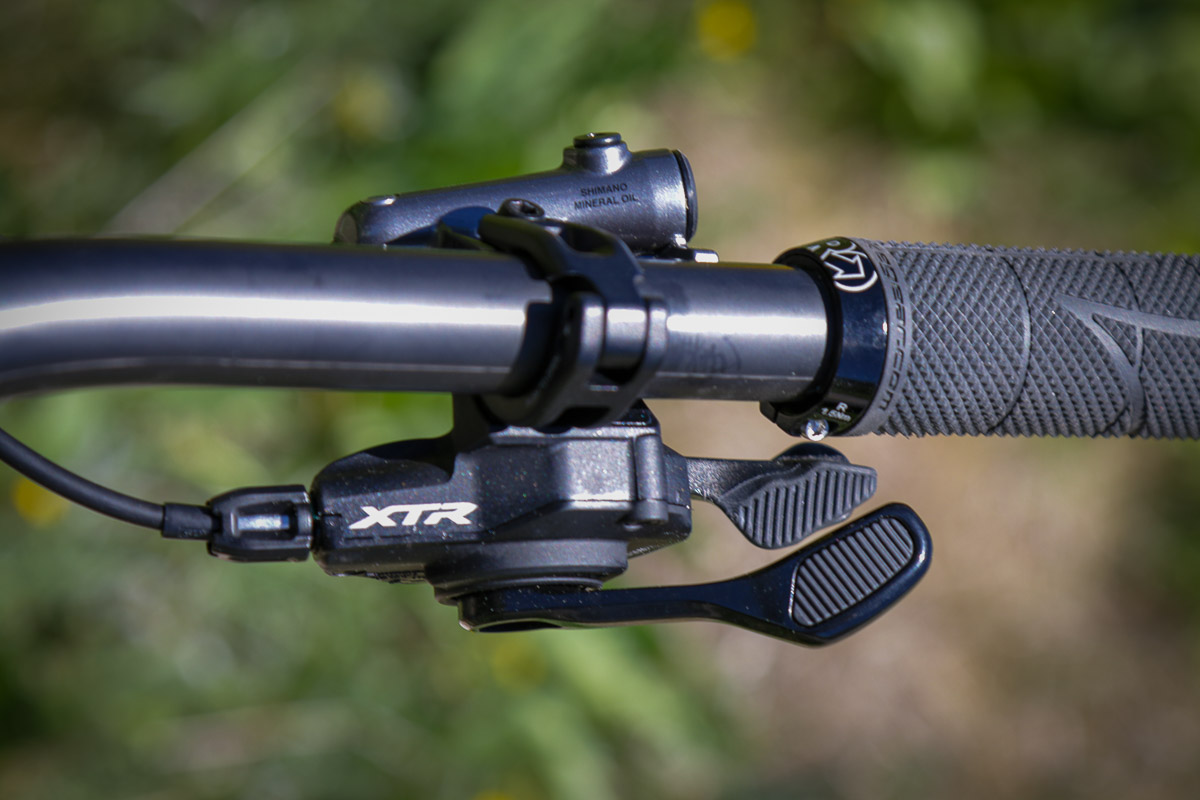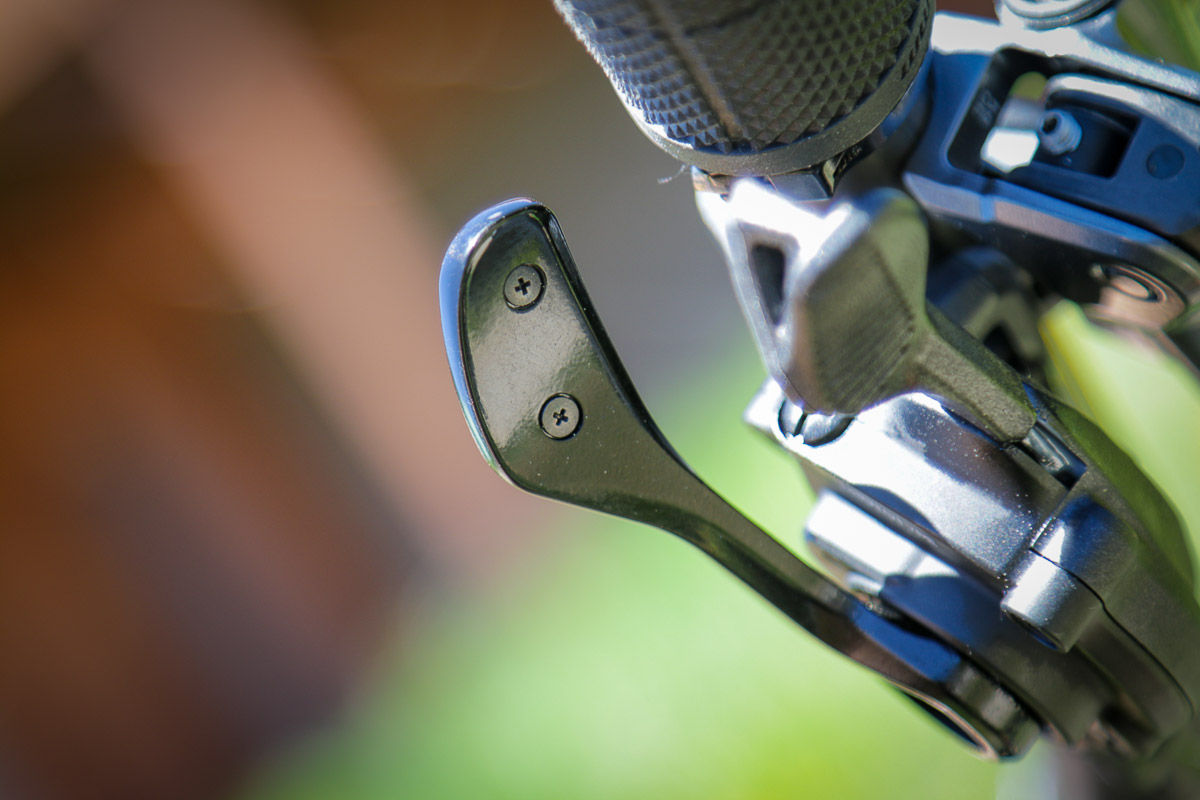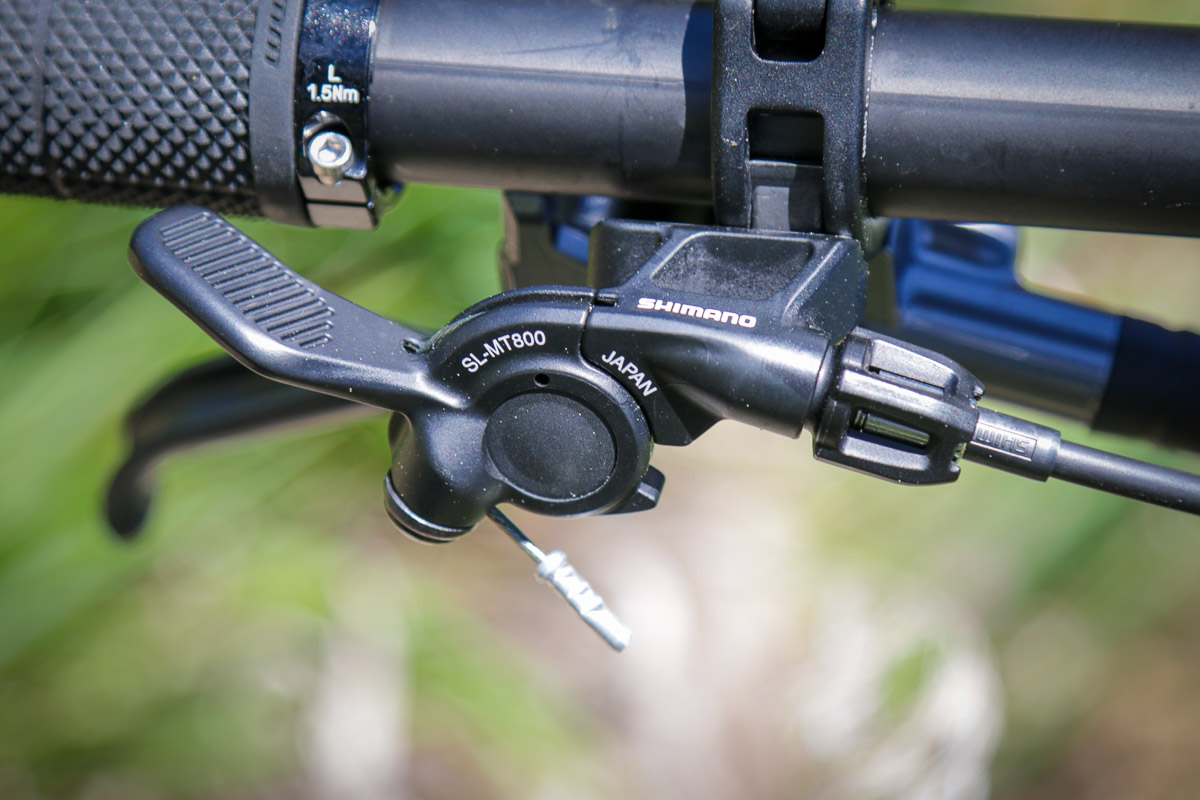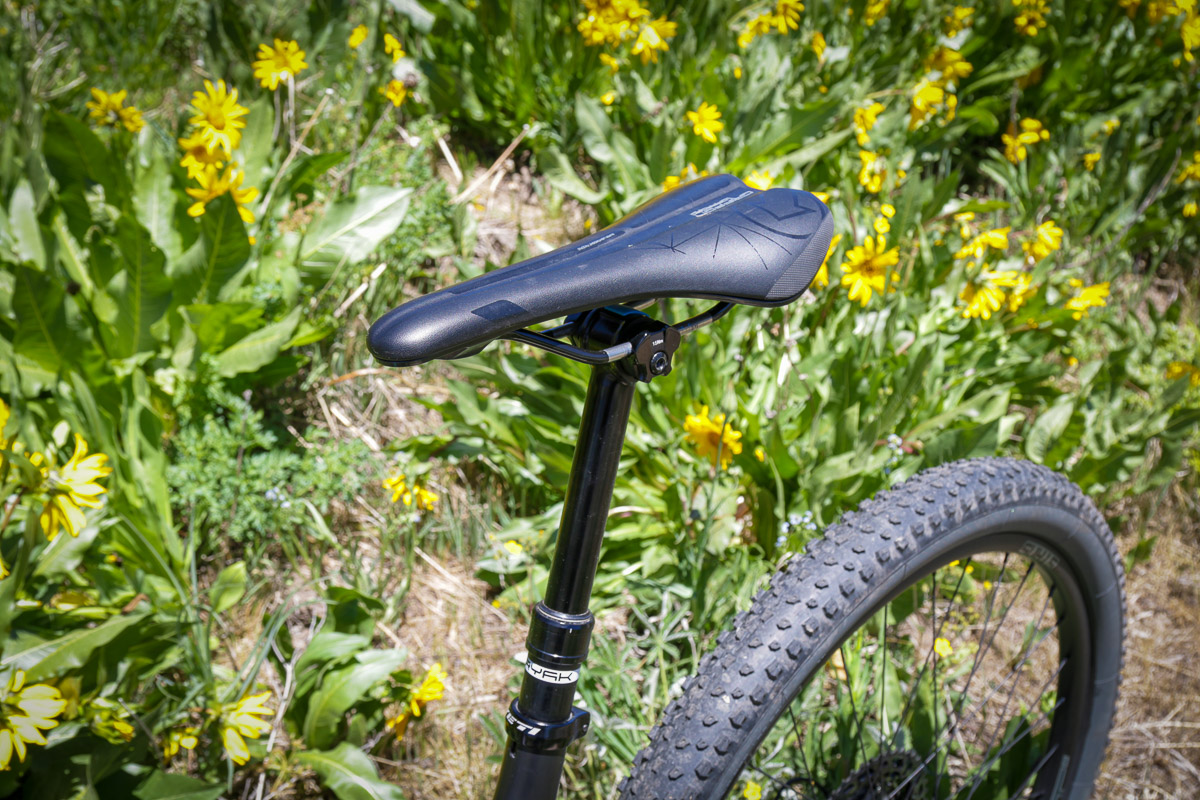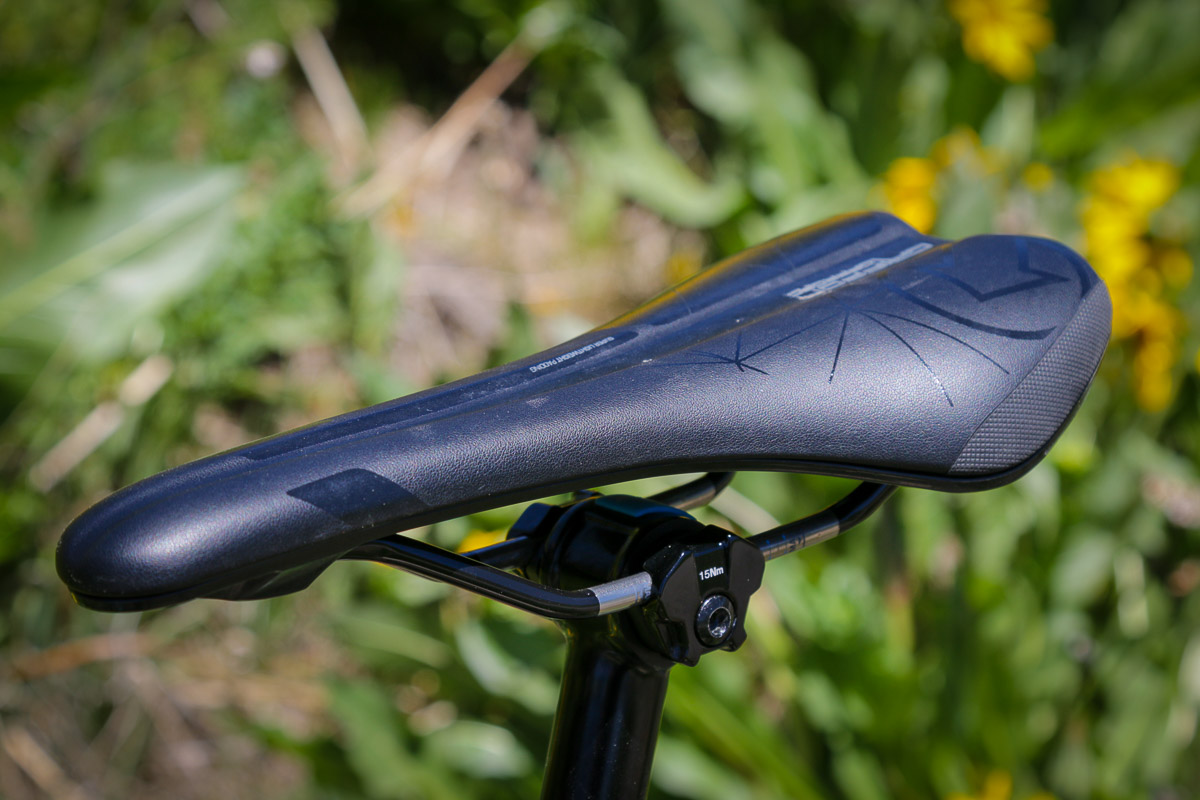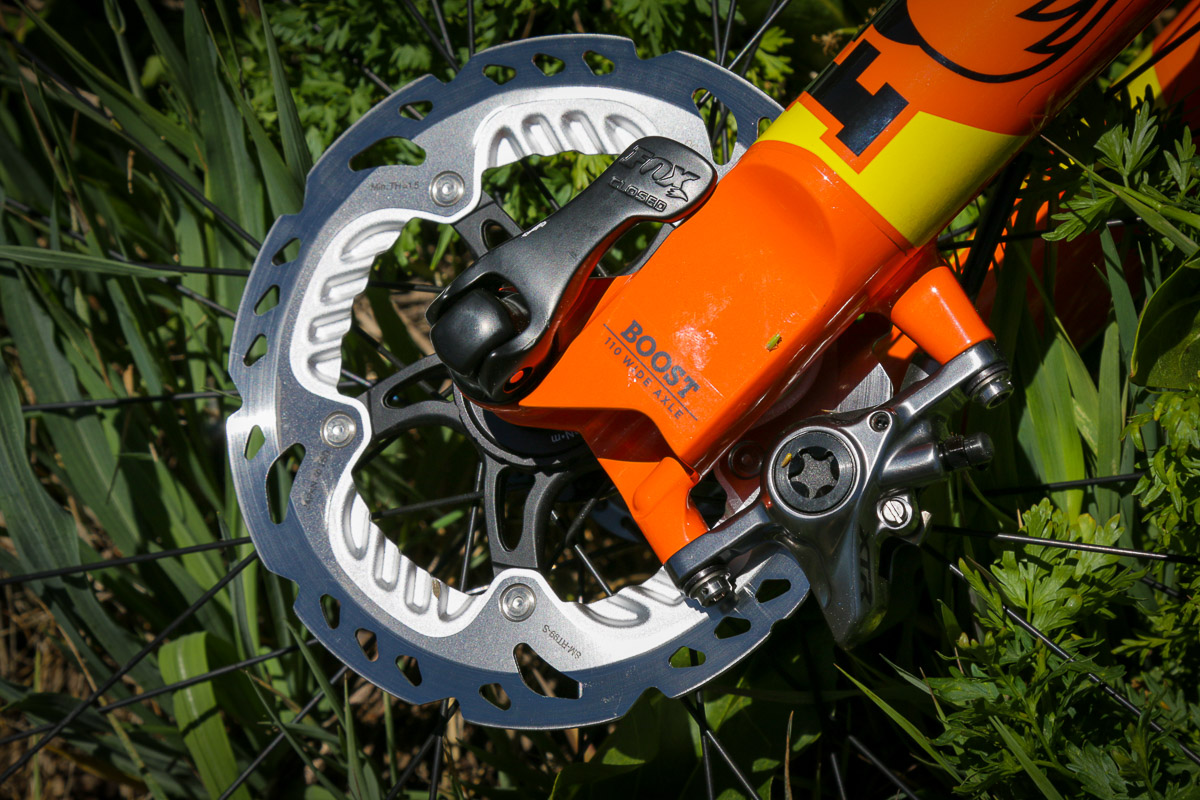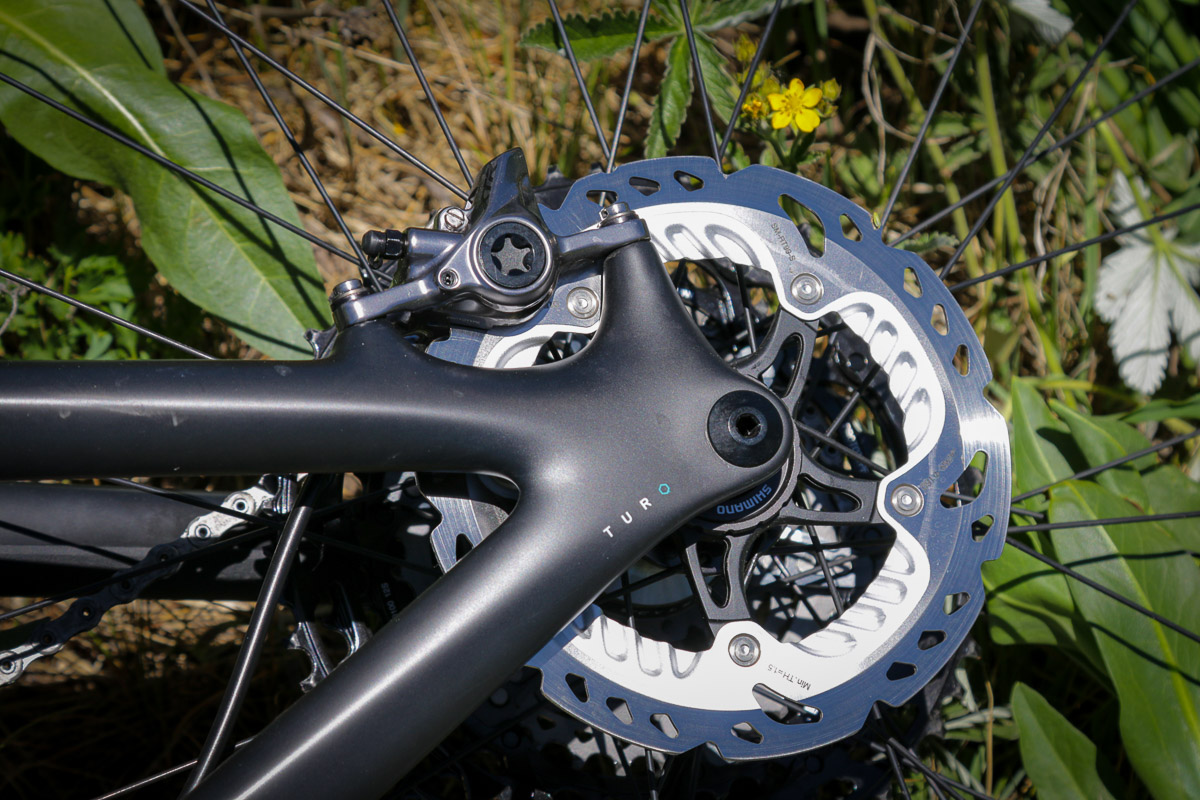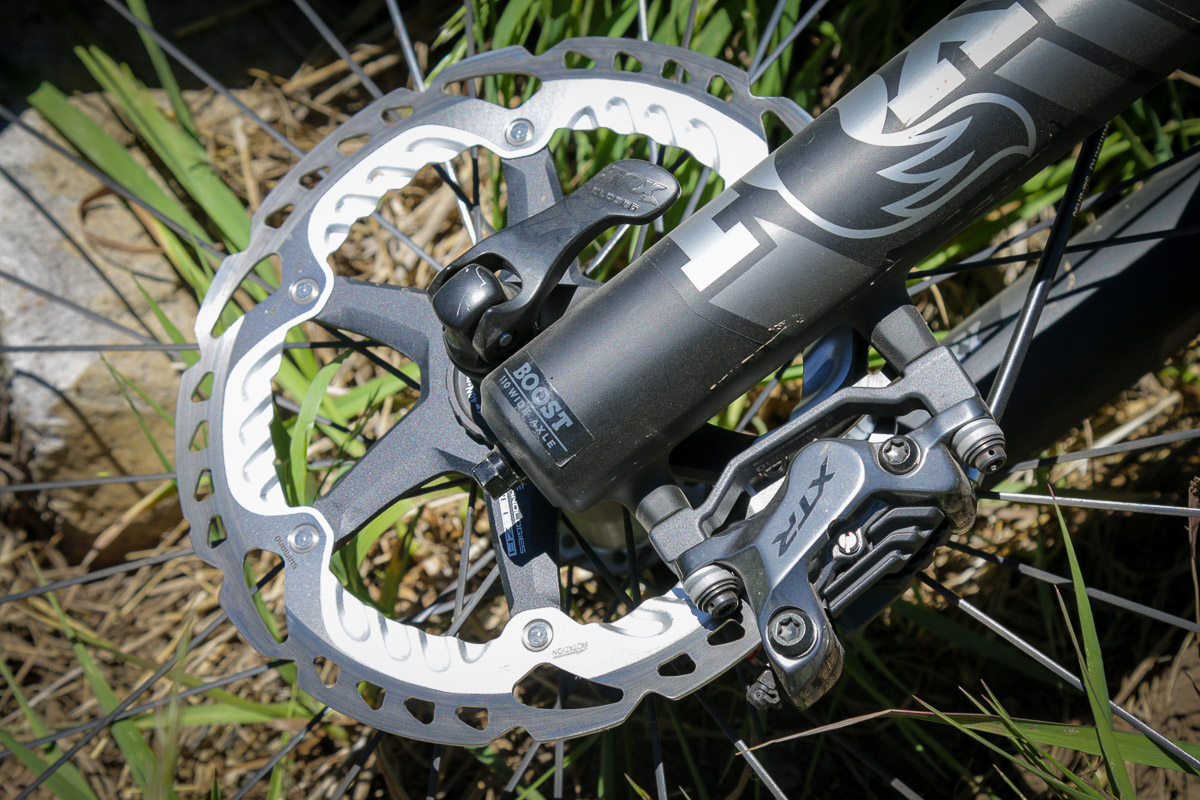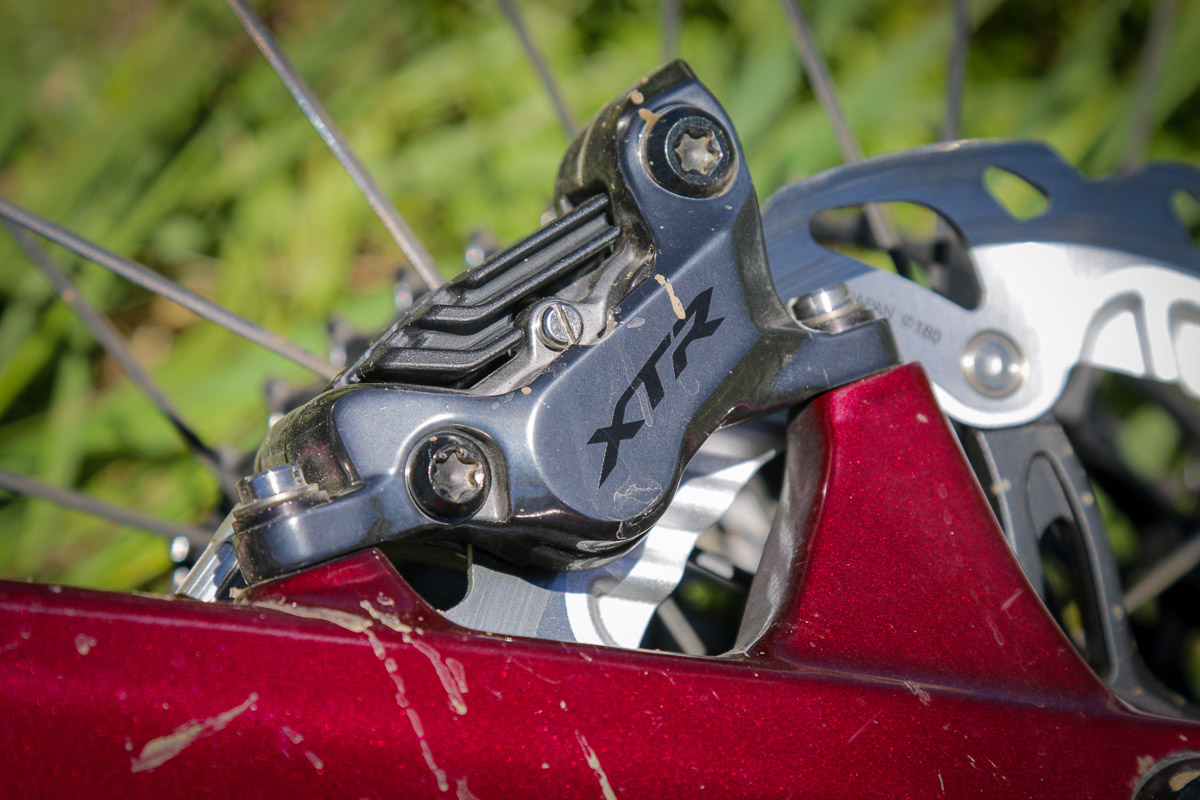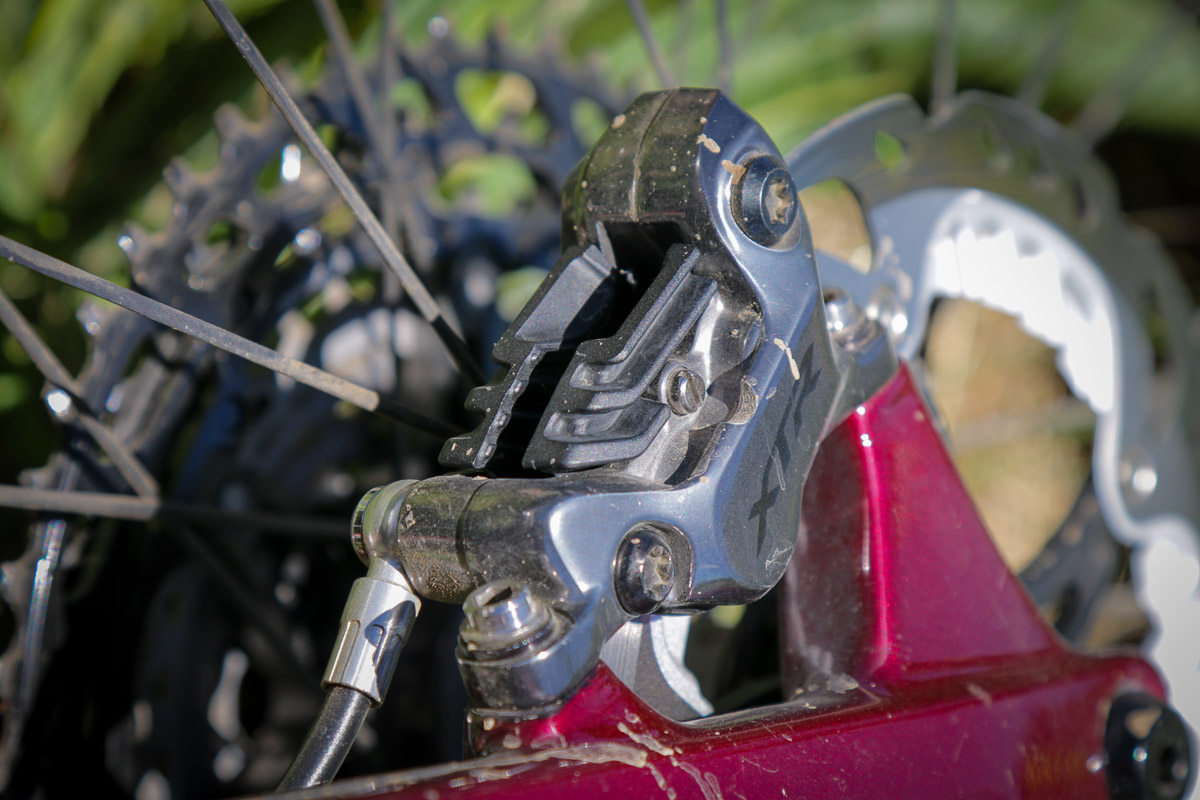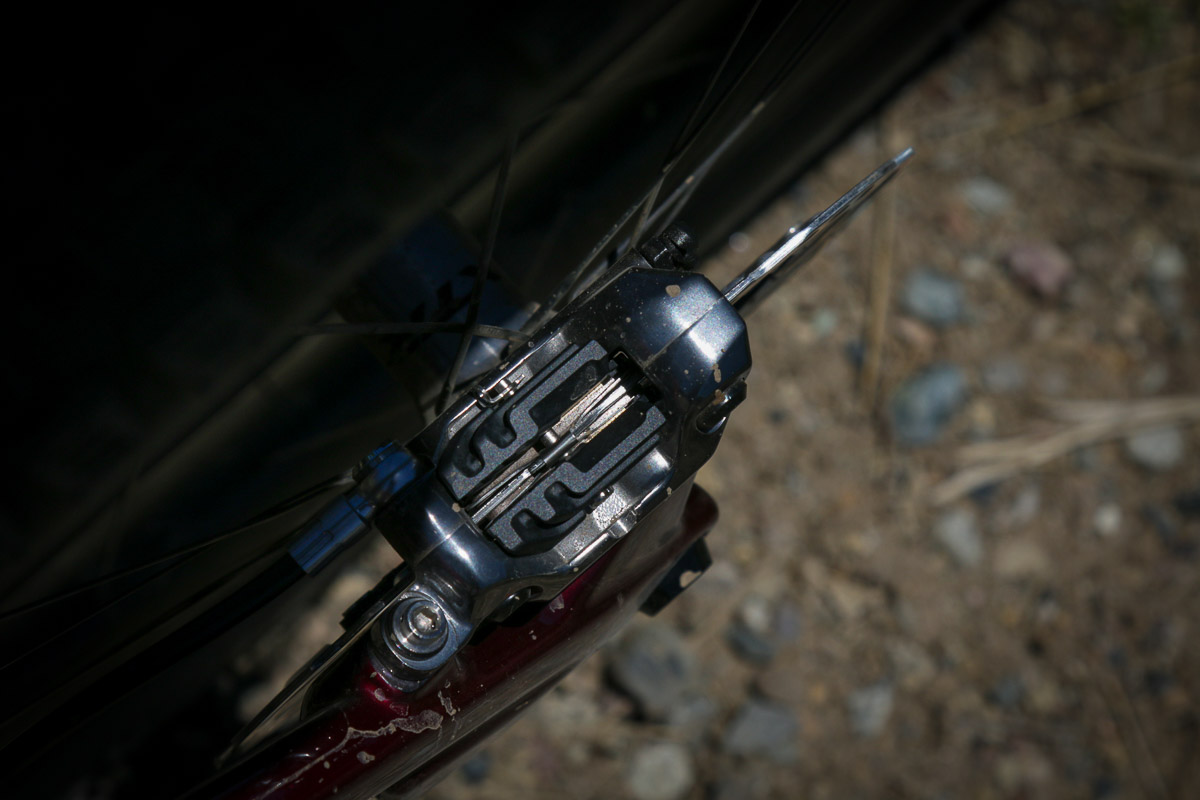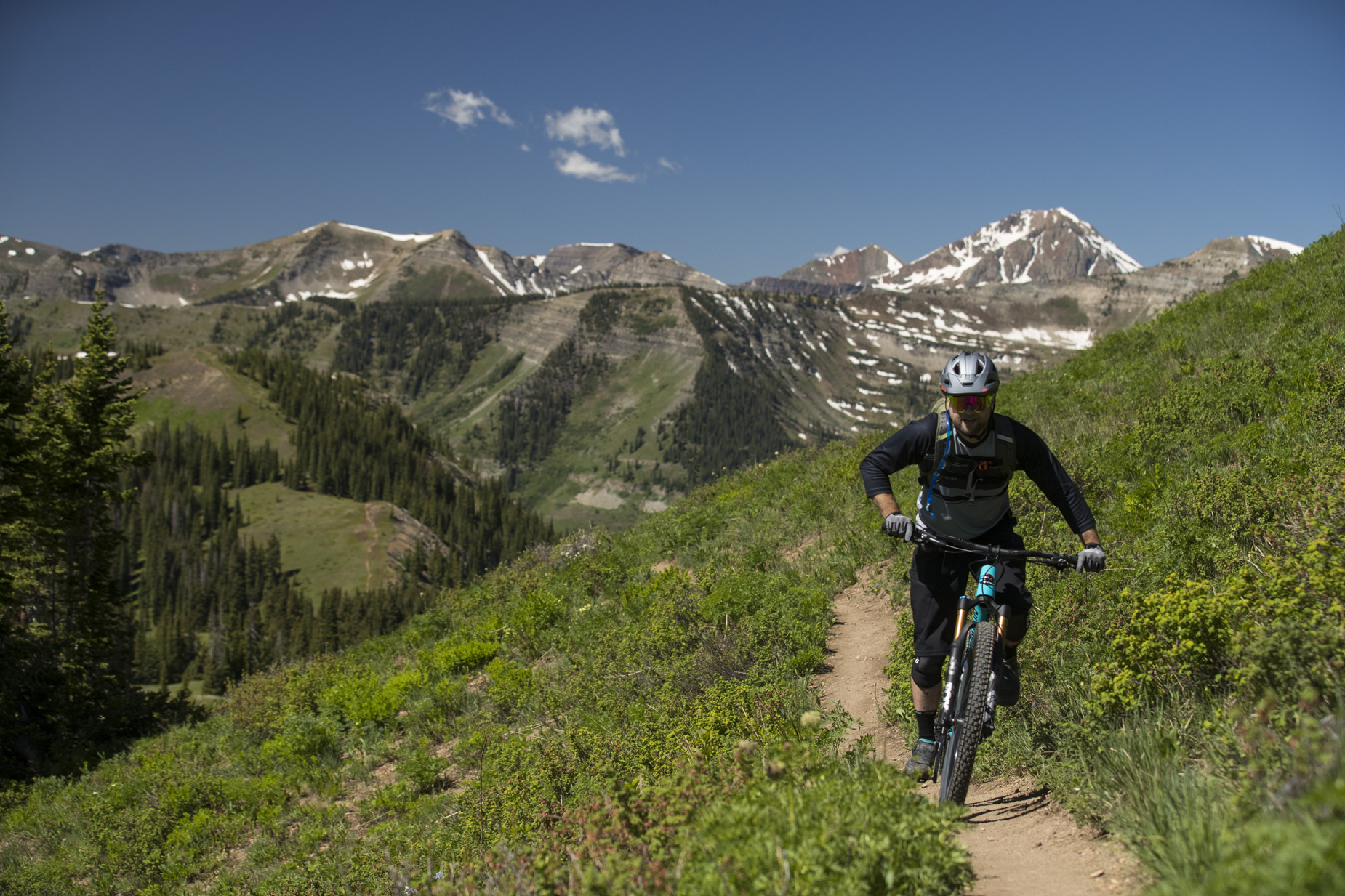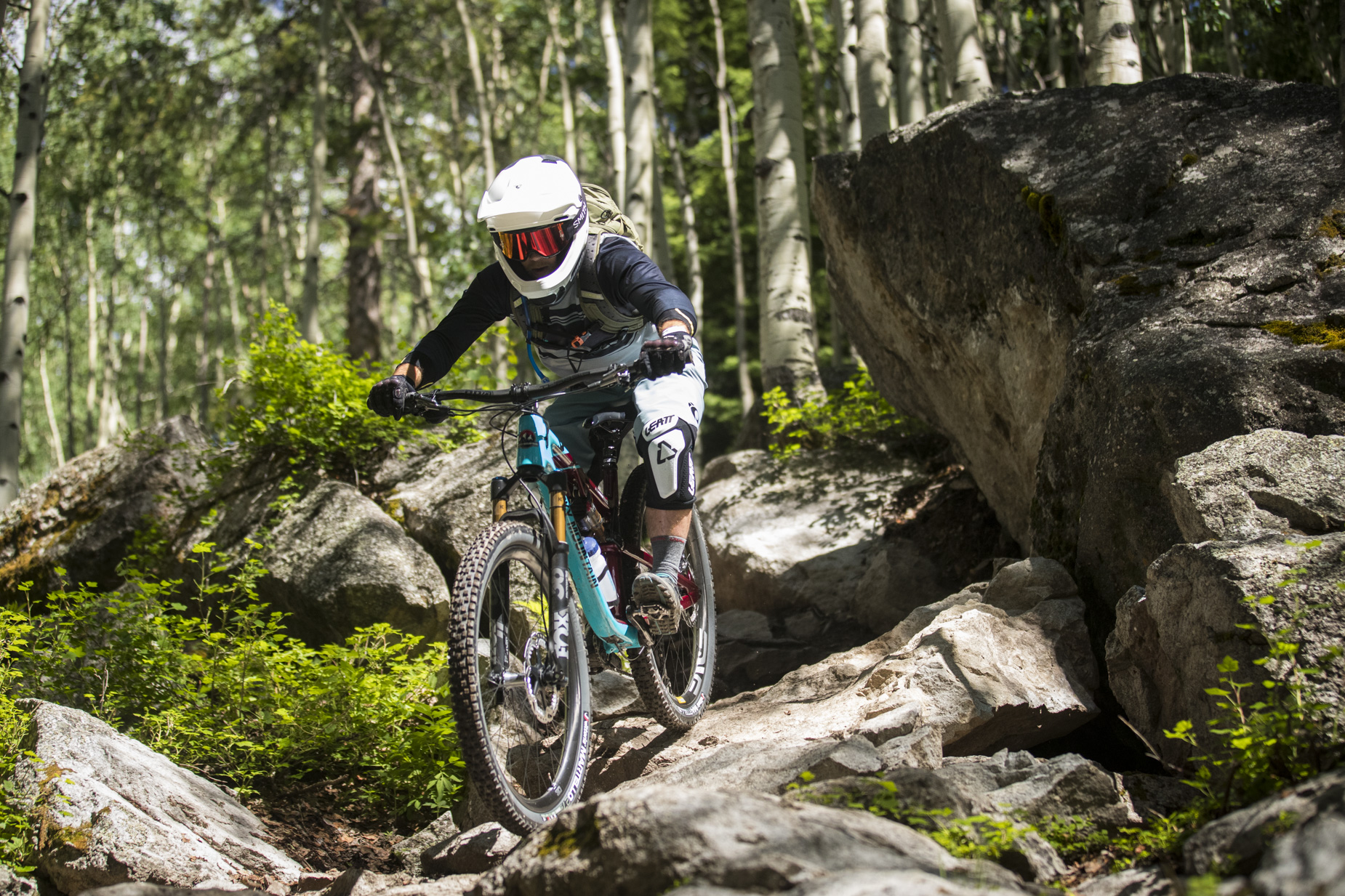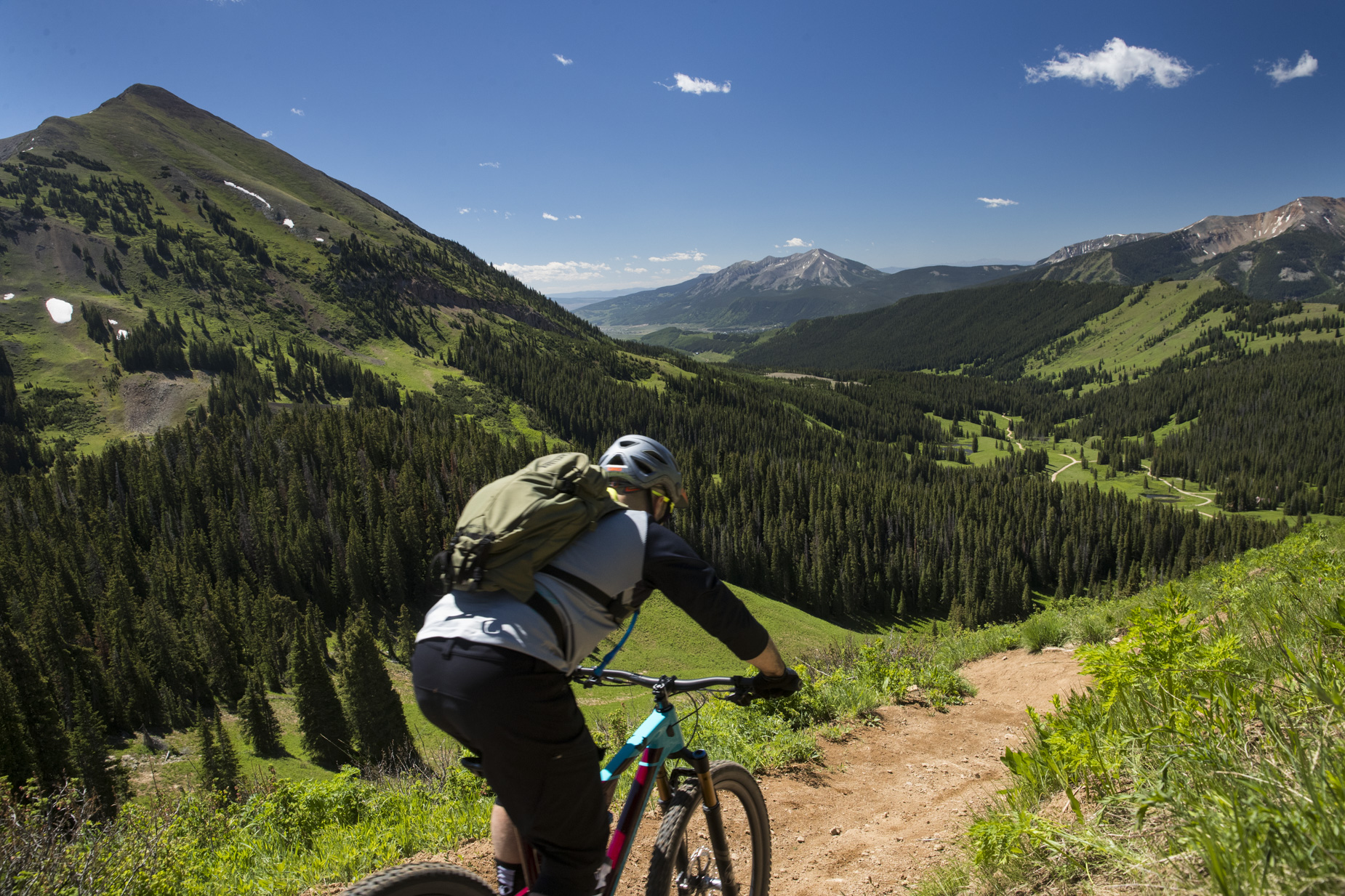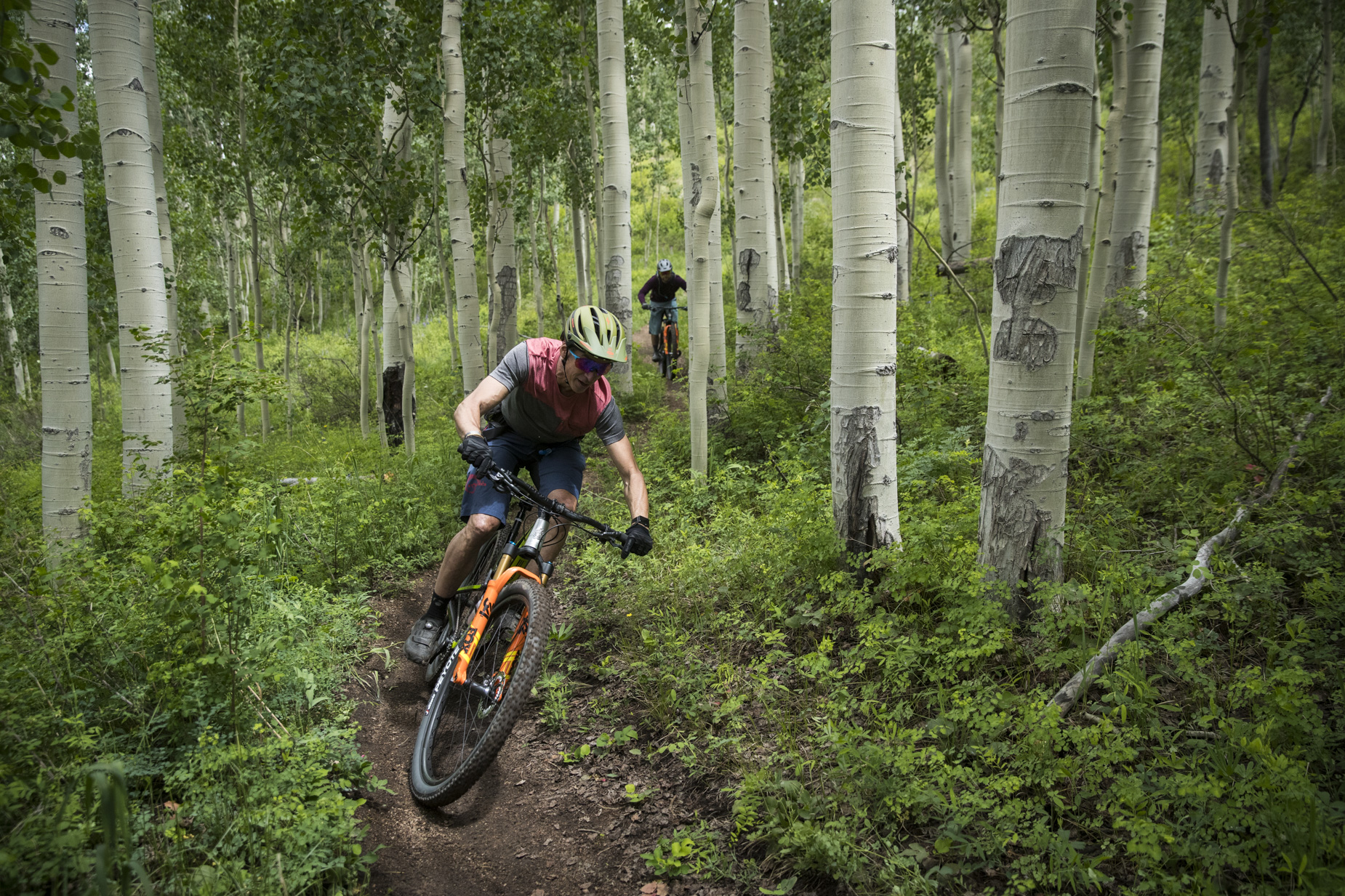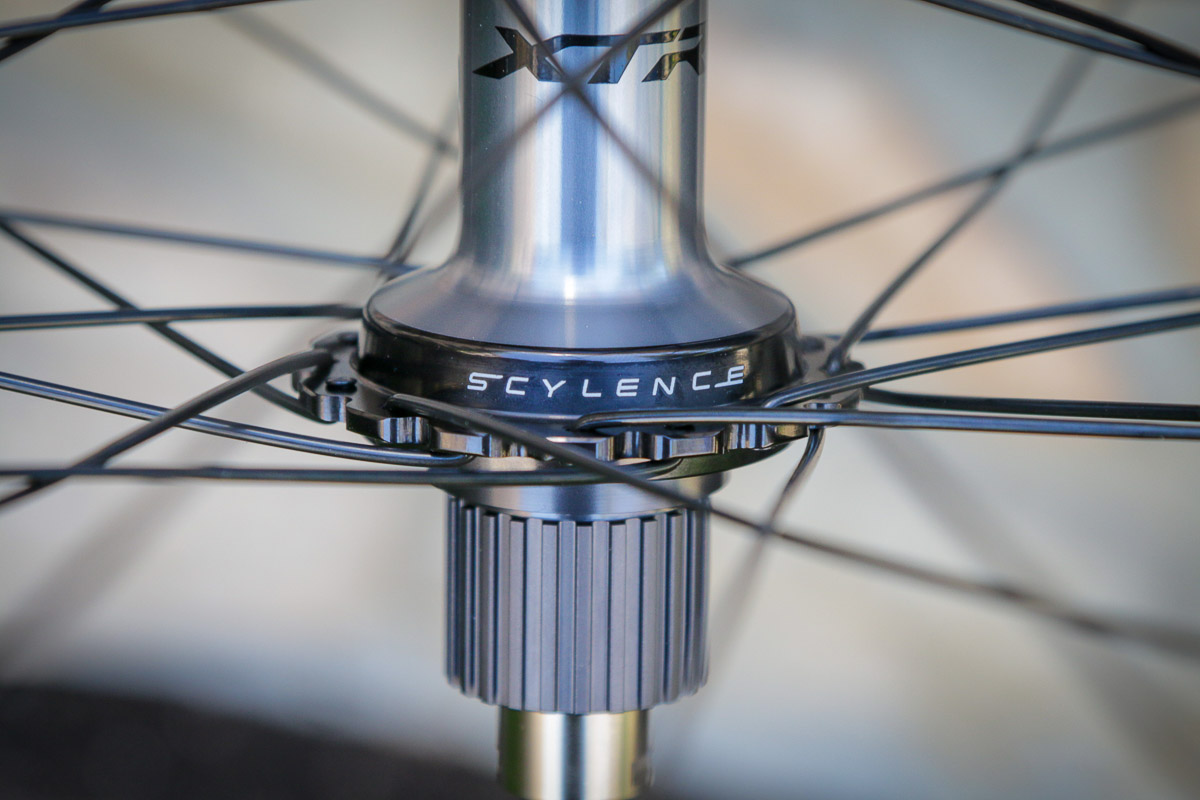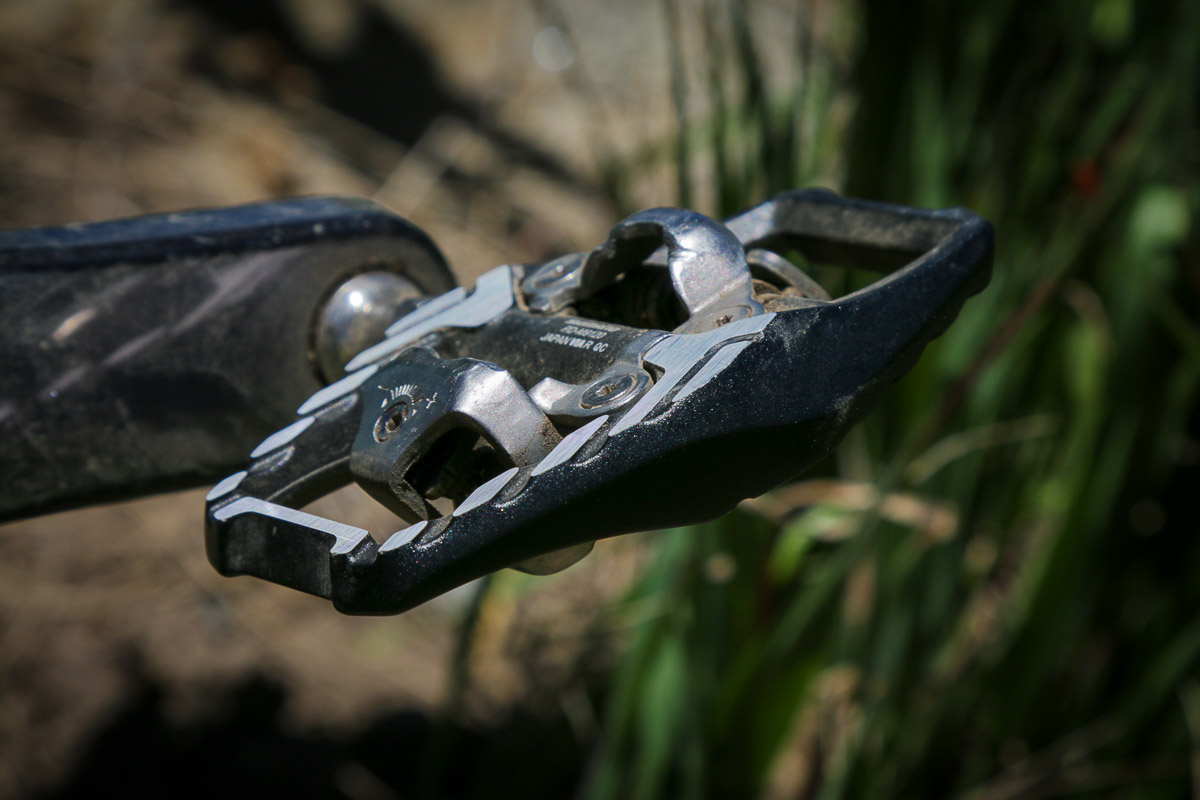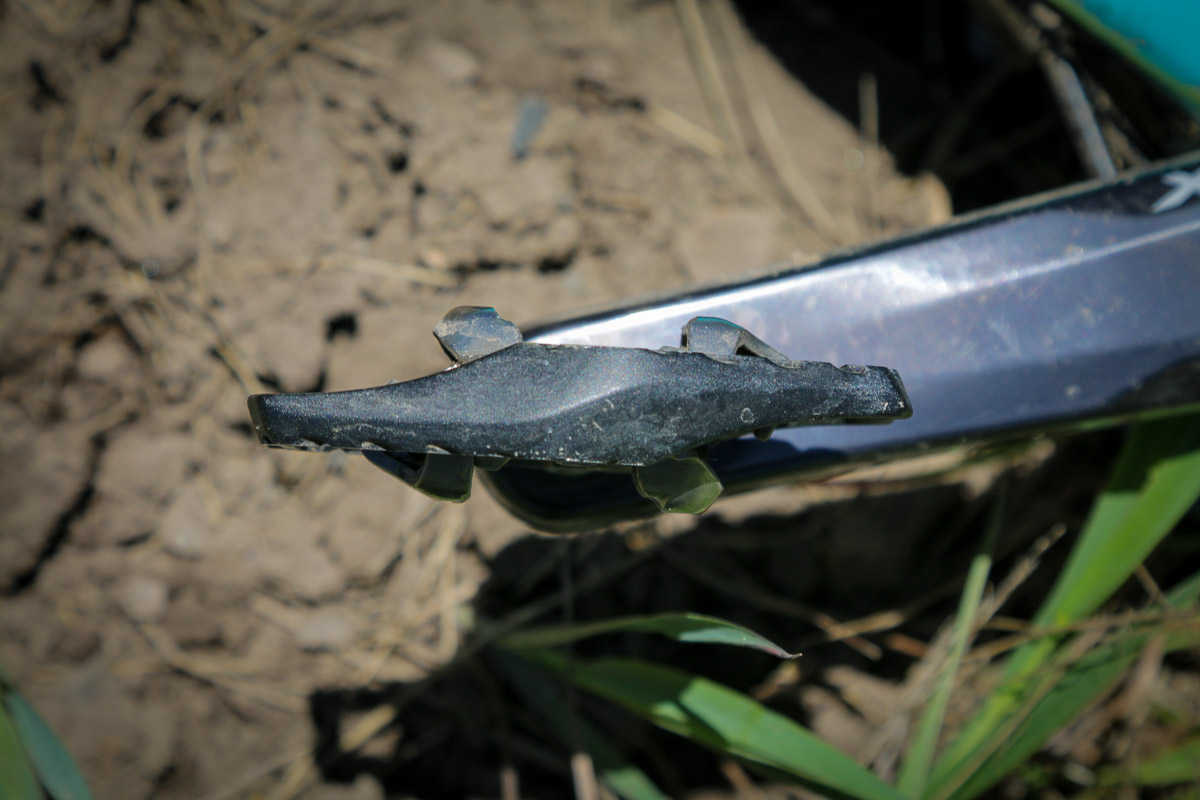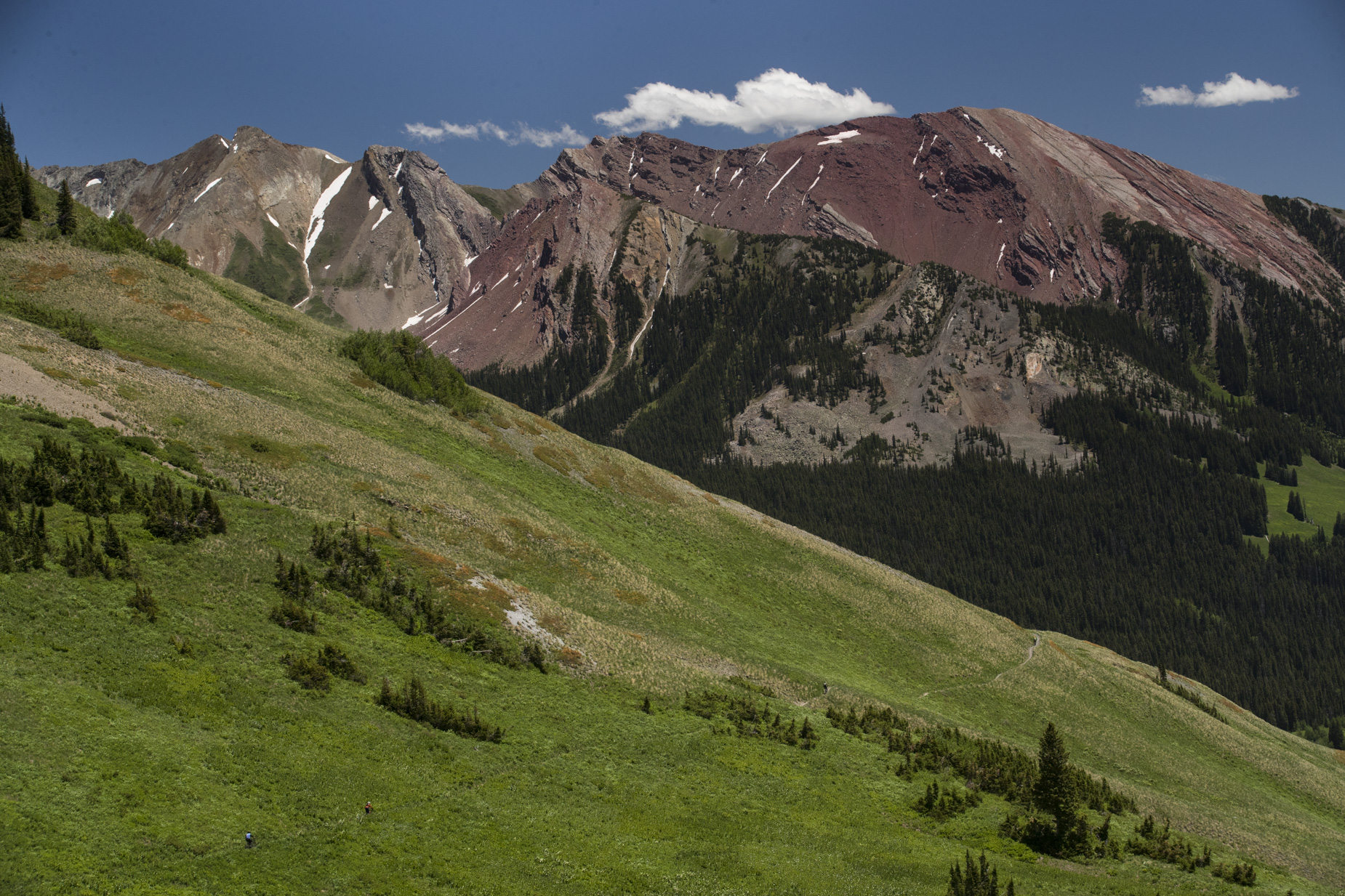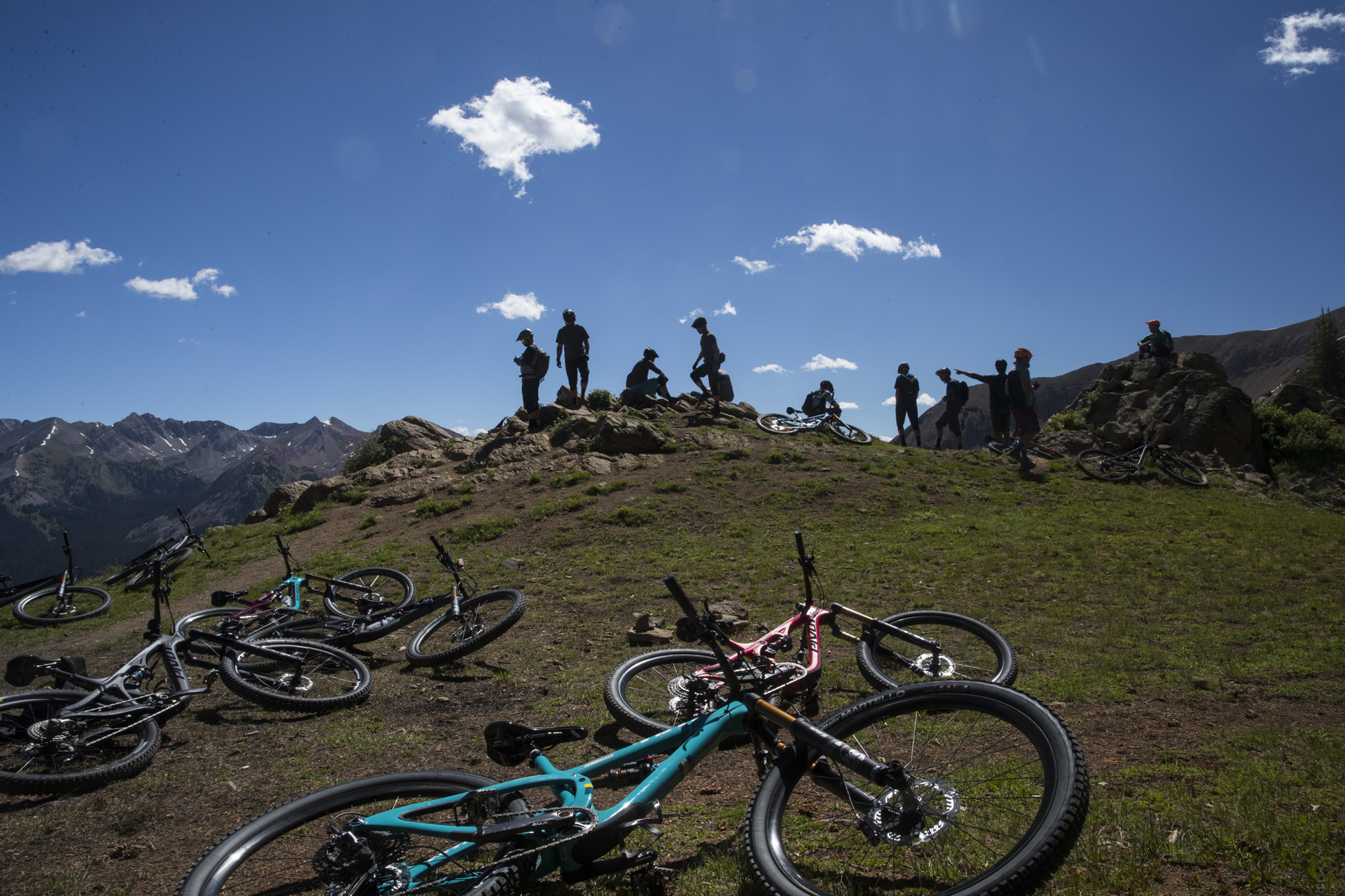I think it’s safe to say that the new XTR group may be one of the most anticipated products of the year. After all, Shimano’s fans have had plenty of time for the anticipation to build. It’s been nearly two years since SRAM launched their first 1×12 group with the original XX1 Eagle, and since then they’ve added another three Eagle 1×12 groups with the latest delivering impressive performance at an unbeatable price. Clearly, for Shimano the time to act was now.
While they admit that they were a little slow to react, things are certainly moving in the right direction at Shimano. Marking a fairly large shift in the way the company develops new products, Shimano is placing more emphasis on development work with athletes at the top level. After all, if it’s good enough for the best racers in the world, it should be good enough for us, right? However, that doesn’t tell the whole story. As we all know, Shimano still hasn’t killed off the front derailleur. That may cause some of us to roll our eyes, but not surprisingly, there is no single drivetrain set up that will work for everyone, everywhere.
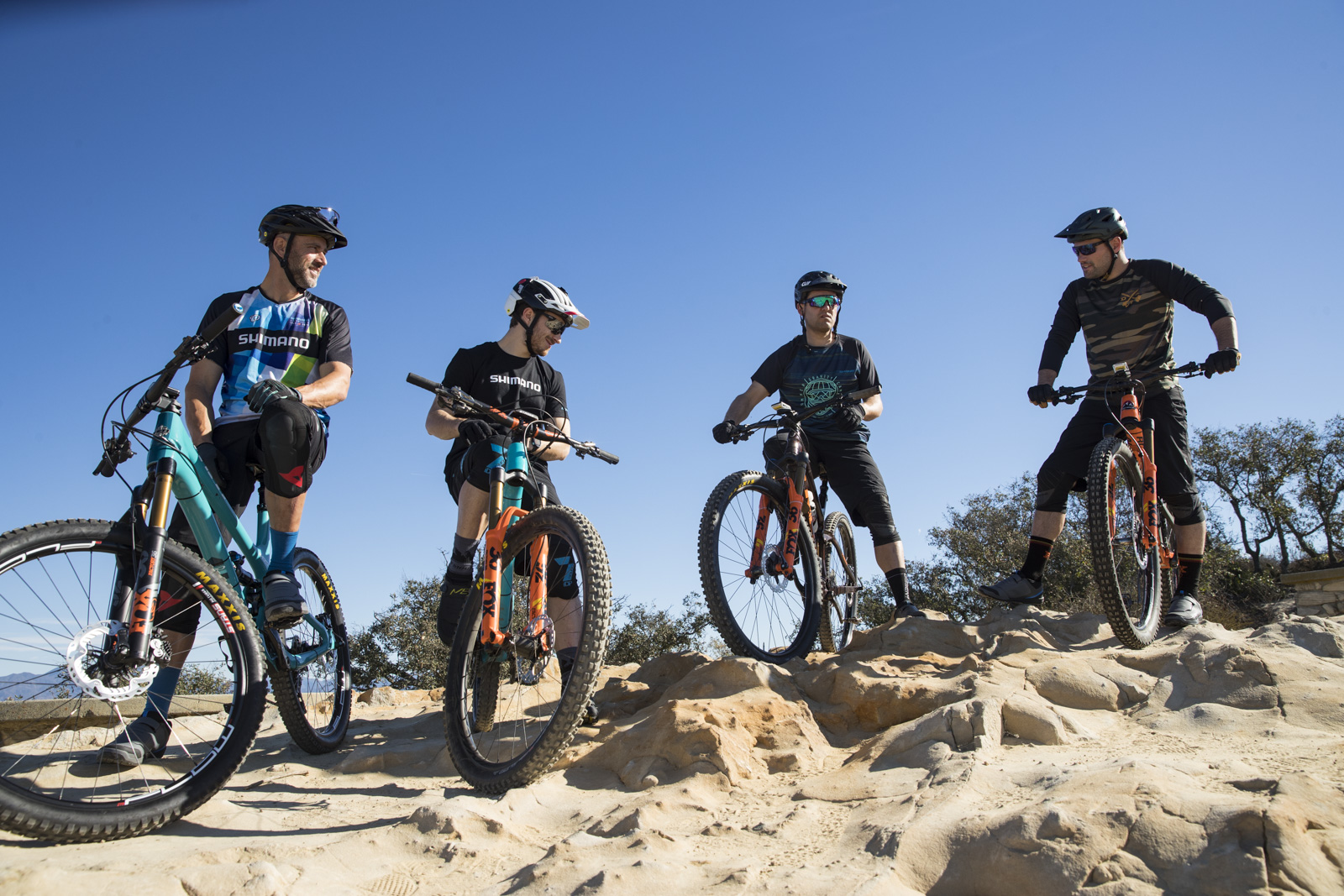
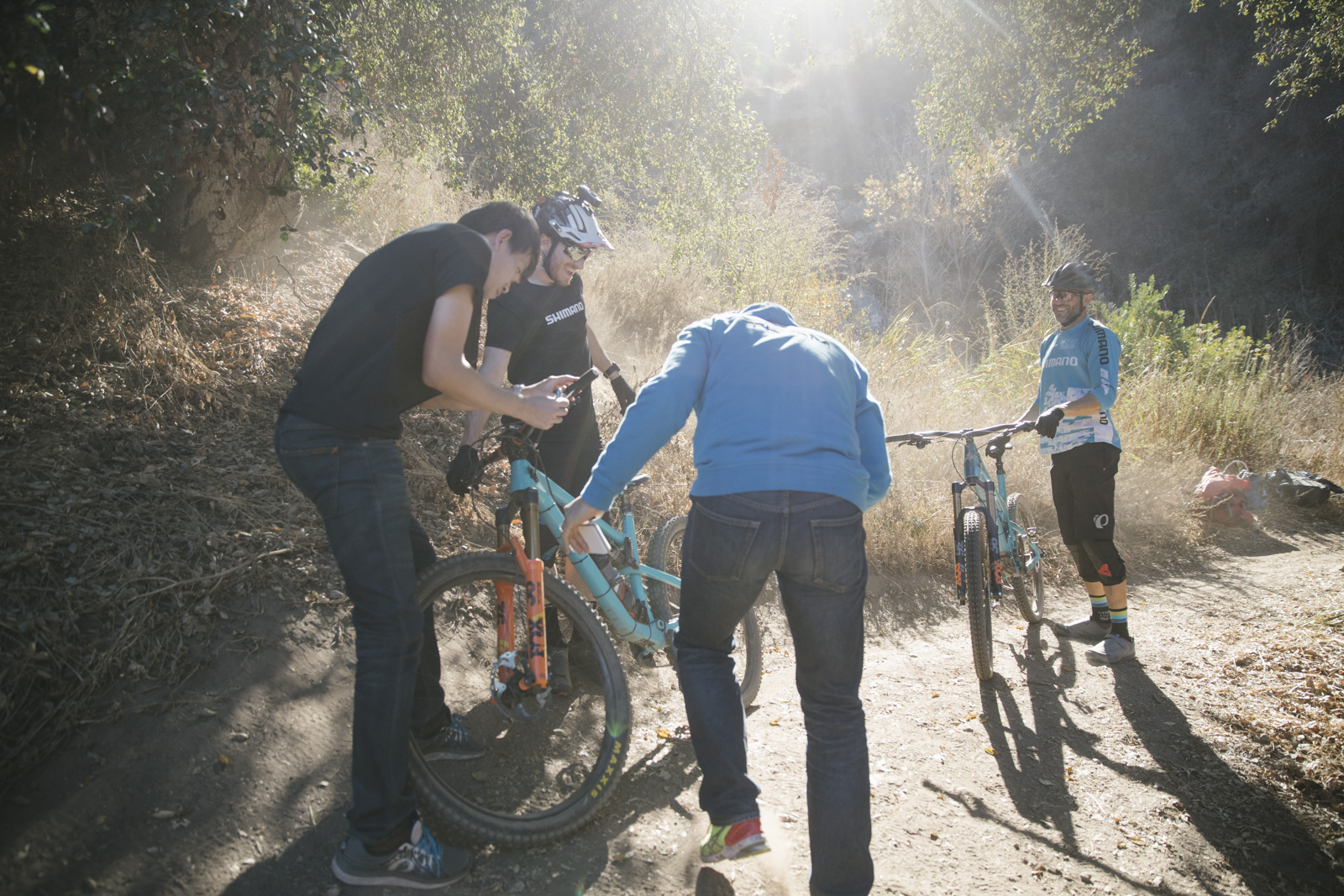
Early testing
Back in 2016, Shimano prepared a survey for all of their sponsored Pro racers and around 200 key athletes to find out what they felt was most important. Wide range, or close steps? Braking power, or modulation? Etc., etc. As it turns out, there was no landslide answer – it was actually pretty evenly split. This all led Shimano down the path which leads us to the current M9100 group. Thanks to heavy testing with real world racers and riders (at a point where they could still make changes before production), Shimano is improving their R&D process to create the products that live up to the Shimano name while still reflecting current market trends and needs.
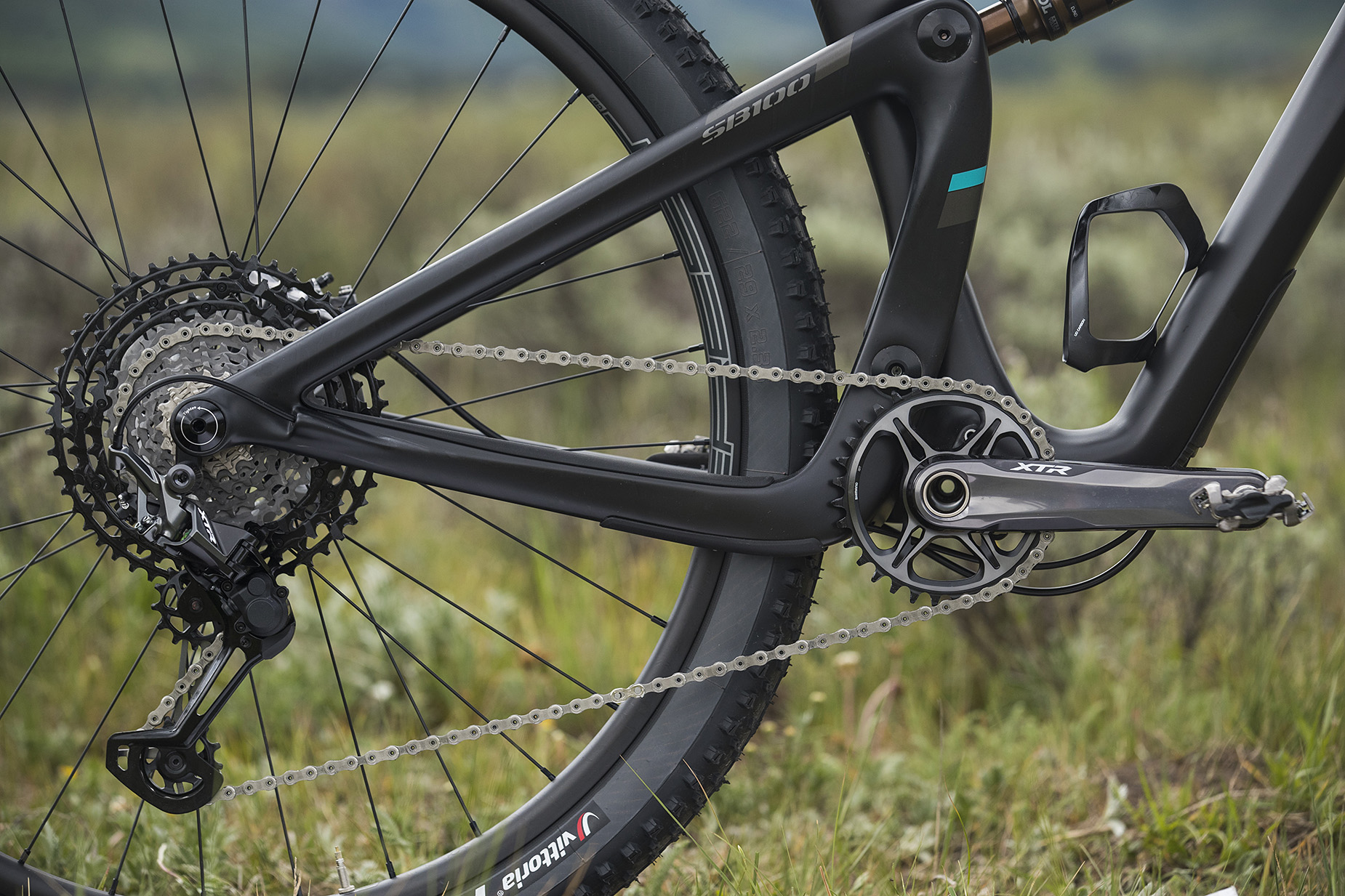
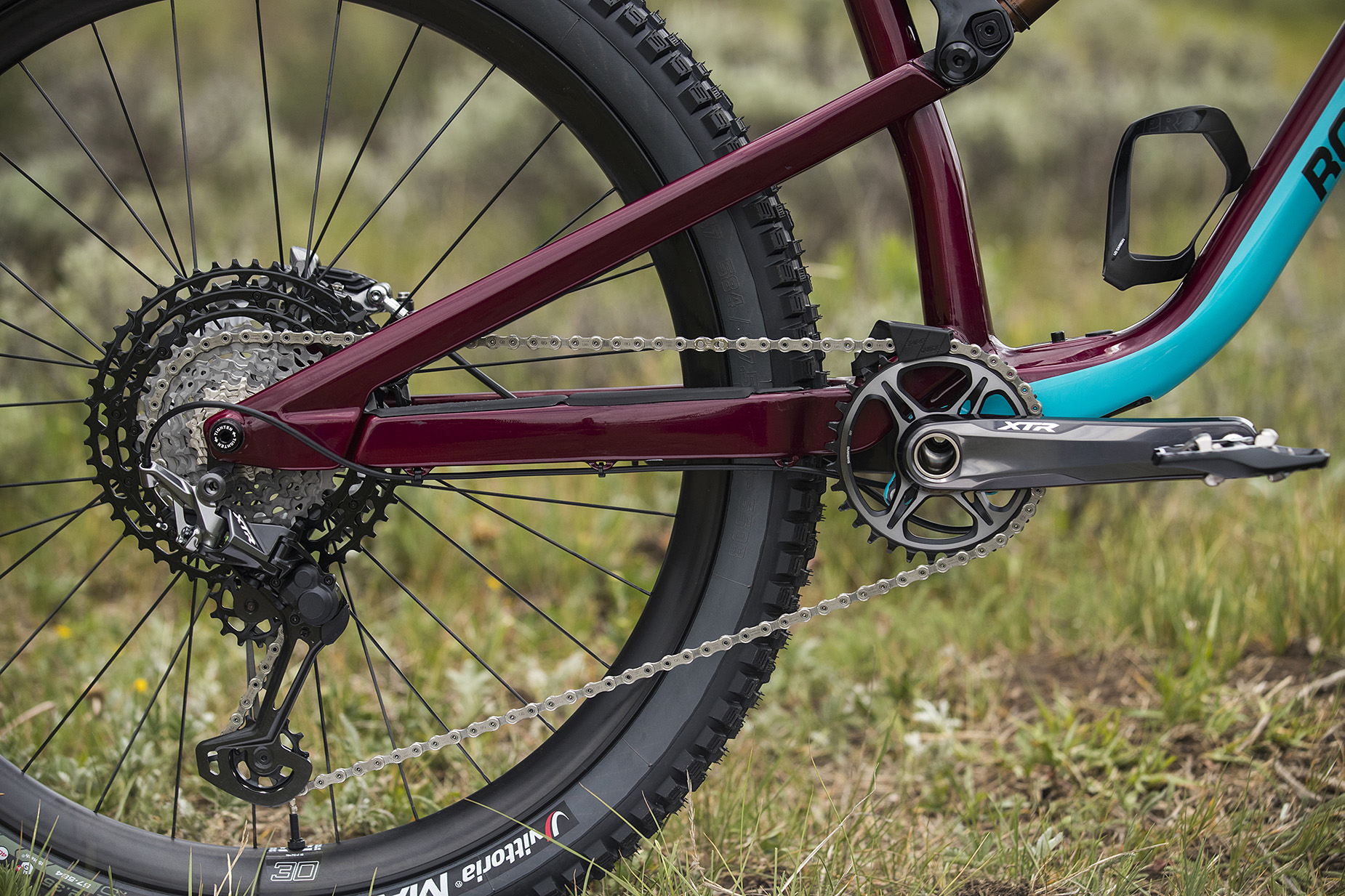
Gearing
That is directly visible in the choices of gearing. During the launch in Crested Butte, Colorado, we were all on the 1×12 wide range group with the 10-51 cassette. But when the group is finally available this fall, riders will also have the choice of a 12 speed 10-45t Rhythm Step cassette, and an 11 speed 10-45 lightweight cassette (which uses the same spacing as 12 speed, and just removes the 51t cog). Of course, there’s still a front derailleur available for a 2x group as well with a 12 speed 10-45t cassette and 38/28t gearing up front.
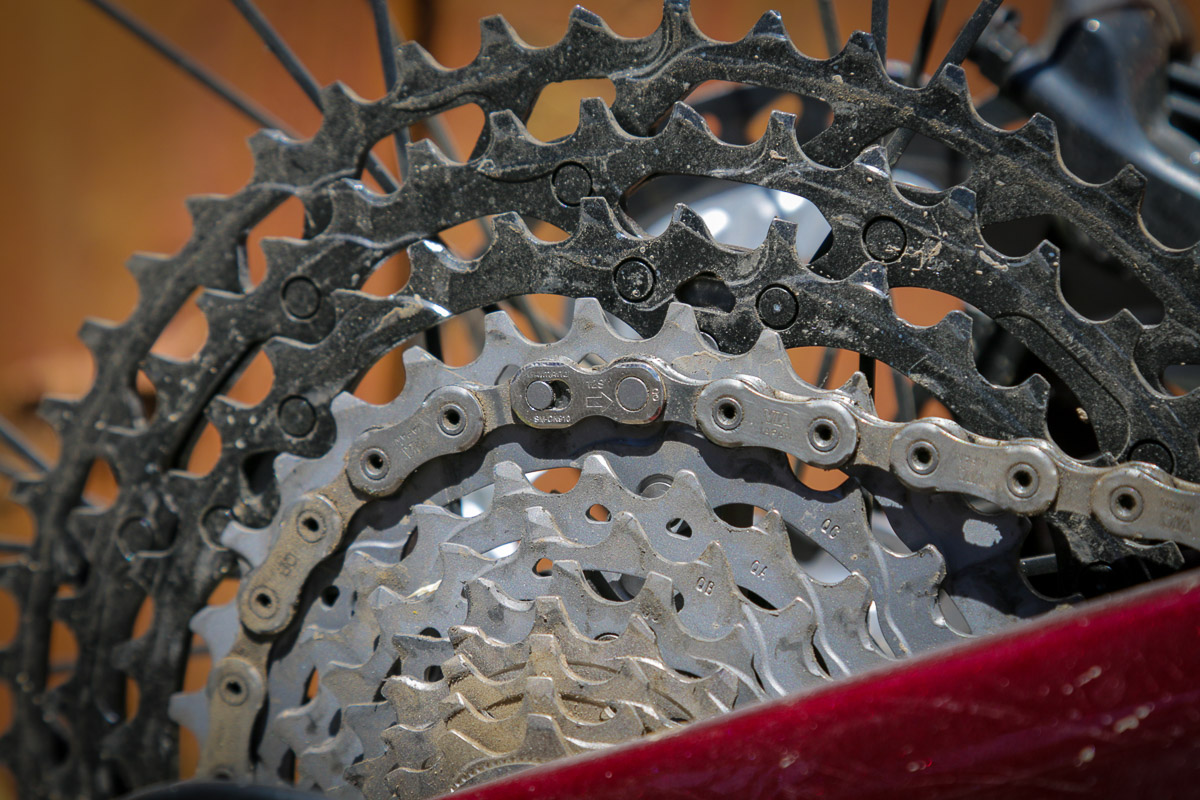
As mentioned though, we were all on the 12 speed wide range 10-51t cassettes with a 32t chainring up front – which makes sense given that 100% of the OE spec for North America is the 12 speed wide range 1x group.
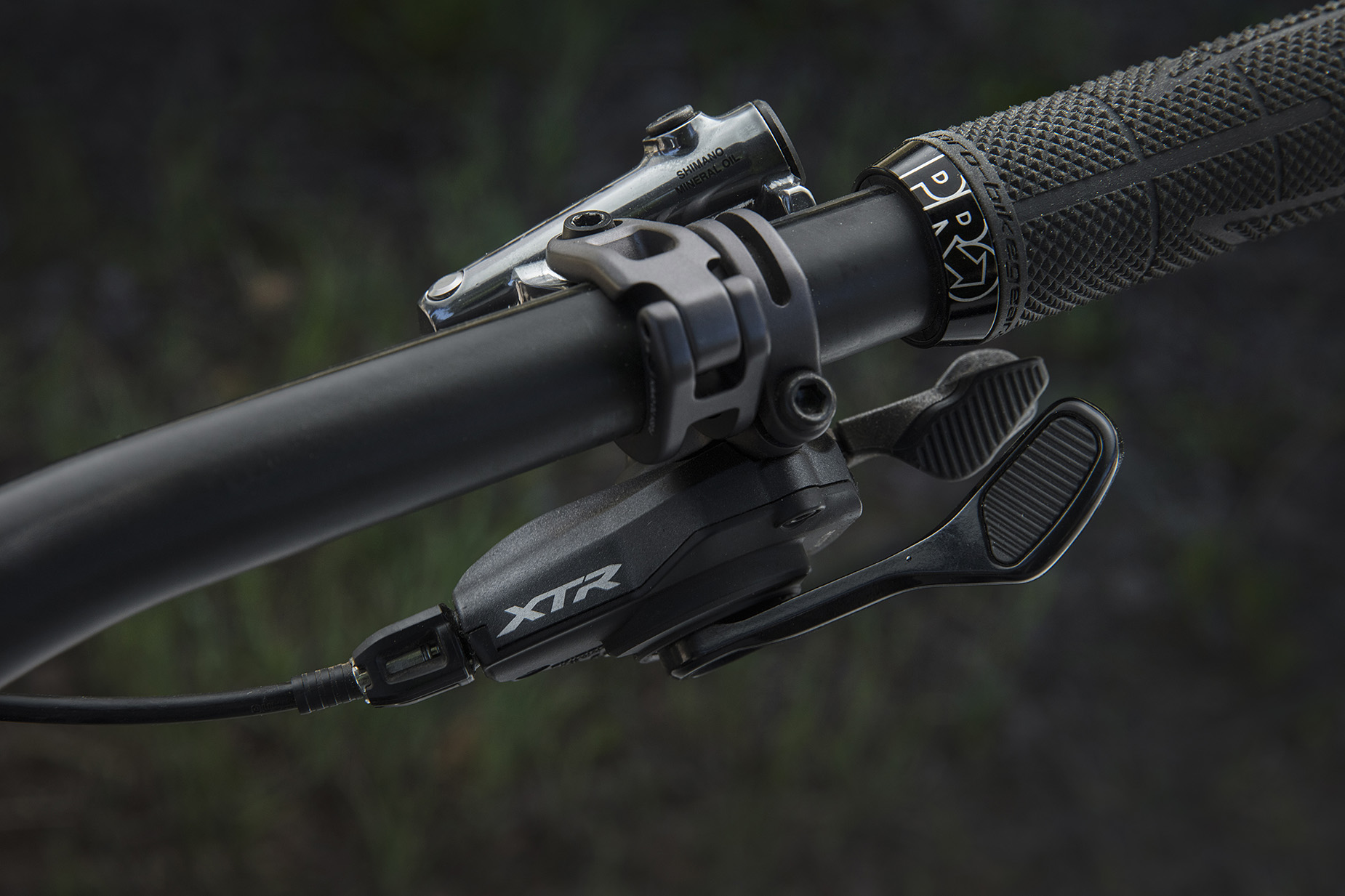
Shifter and Brake Ergonomics
Immediately, the group has that feel of classic Shimano precision, though not without a few new touches. Ergonomics were a big focus for the group which hits home as soon as your thumb hits the shifter. As Shimano’s MTB Product Manager Nick Murdick puts it, the shifter is designed so you can “choke up” on the paddles a bit more, or essentially move the shifter outboard so it’s closer to your hand. This allows you to rattle off shifts more quickly which is useful when trying to find the right gear in a race situation. The result of a number of ergonomic studies is a lever position that requires less thumb movement and more range of adjustment. Don’t like the idea of choking up on the shifter? That’s fine. It’s designed to work well in almost any configuration you could want.
Thanks to the ample adjustments, I was able to quickly position the levers where I wanted them down to the millimeter. Just remember that due to the positioning of the bolt that allows you to adjust the shifter’s side to side position, many multi-tools won’t allow you to access it trail side – so make sure the shifter is where you want it before you leave home. I ended up taking Nick’s advice on positiong the shifter a bit closer to the grip than usual and I have to say that it felt pretty good. And while I can’t say that I ever really felt held back by the positioning of the shift paddles and the speed at which I could grab a shift, the XTR lever just feels natural – which is likely a result of all those ergonomic studies.
It’s a small thing, but the new rubber pads on the shift paddles are a nice touch and improve the overall feel of the shift – and the pad on the main lever is replaceable so you can keep that feeling fresh in the long run. The clicks themselves still have that Swiss watch precision feel that Shimano is known for, but now there are slightly different click feels between the first and subsequent shifts. This is meant as a way that you can feel the difference to make it easier to only click on gear, or multiple if that’s what you intend.
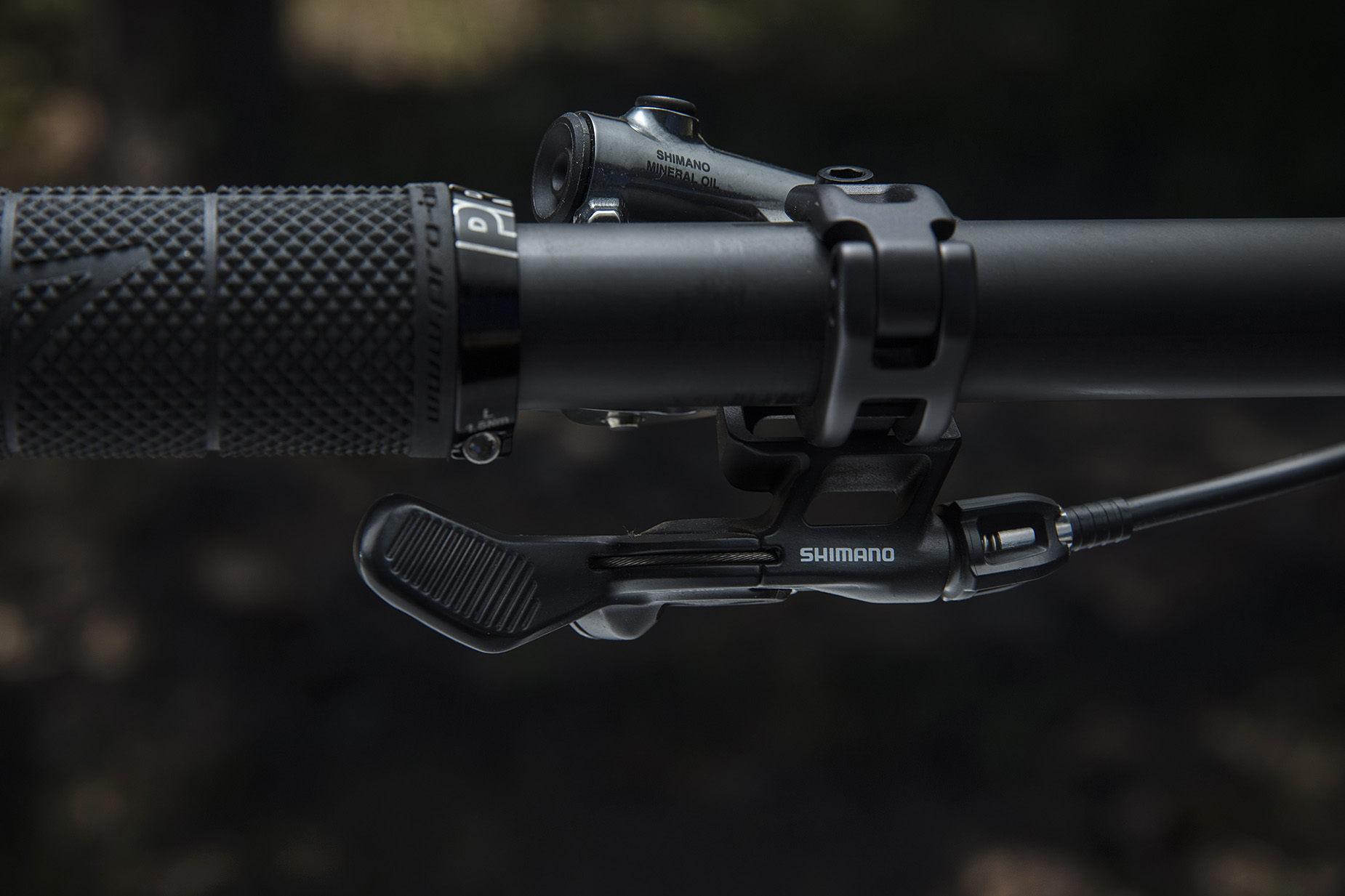
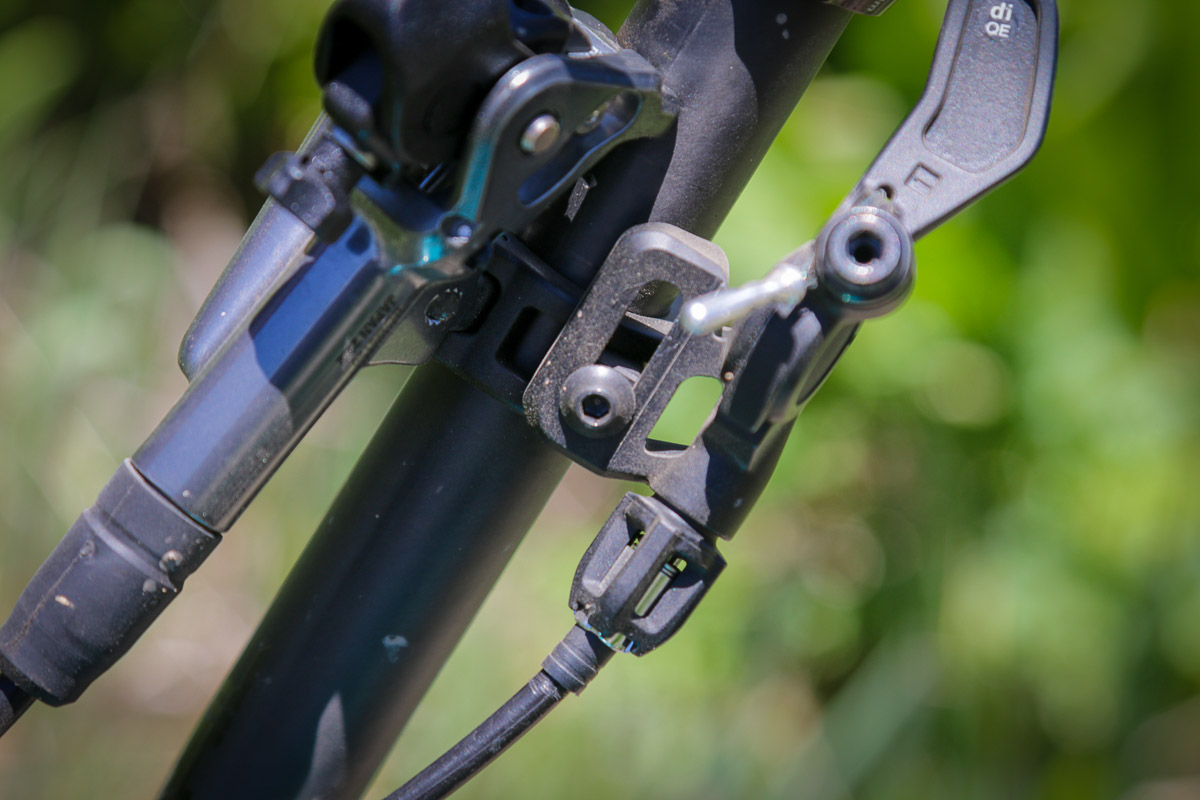
Dropper post lever
Our bikes were also equipped with the new Shimano dropper lever which is an interesting addition to the line up. It makes sense though. If Shimano is going to all that trouble of testing ergonomics for each shift paddle, why not do the same for the dropper post lever as well? And that’s exactly what they did, which led to the positioning of the lever in the spot of the release lever of the shifter rather than the main thumb lever. Shimano says this requires less thumb movement for a more ergonomic actuation. However, as someone with relatively short thumbs, I found myself still wanting it rotated back towards the rider a good amount – though it was easy to dial it in to my preferences.
Overall, the lever has an incredibly light feel when used with the PRO Koryak dropper posts that were on our bikes. Other than maybe wanting a bigger, more textured lever like that of the WTC ReMote, it’s hard to find much fault in the Shimano lever.
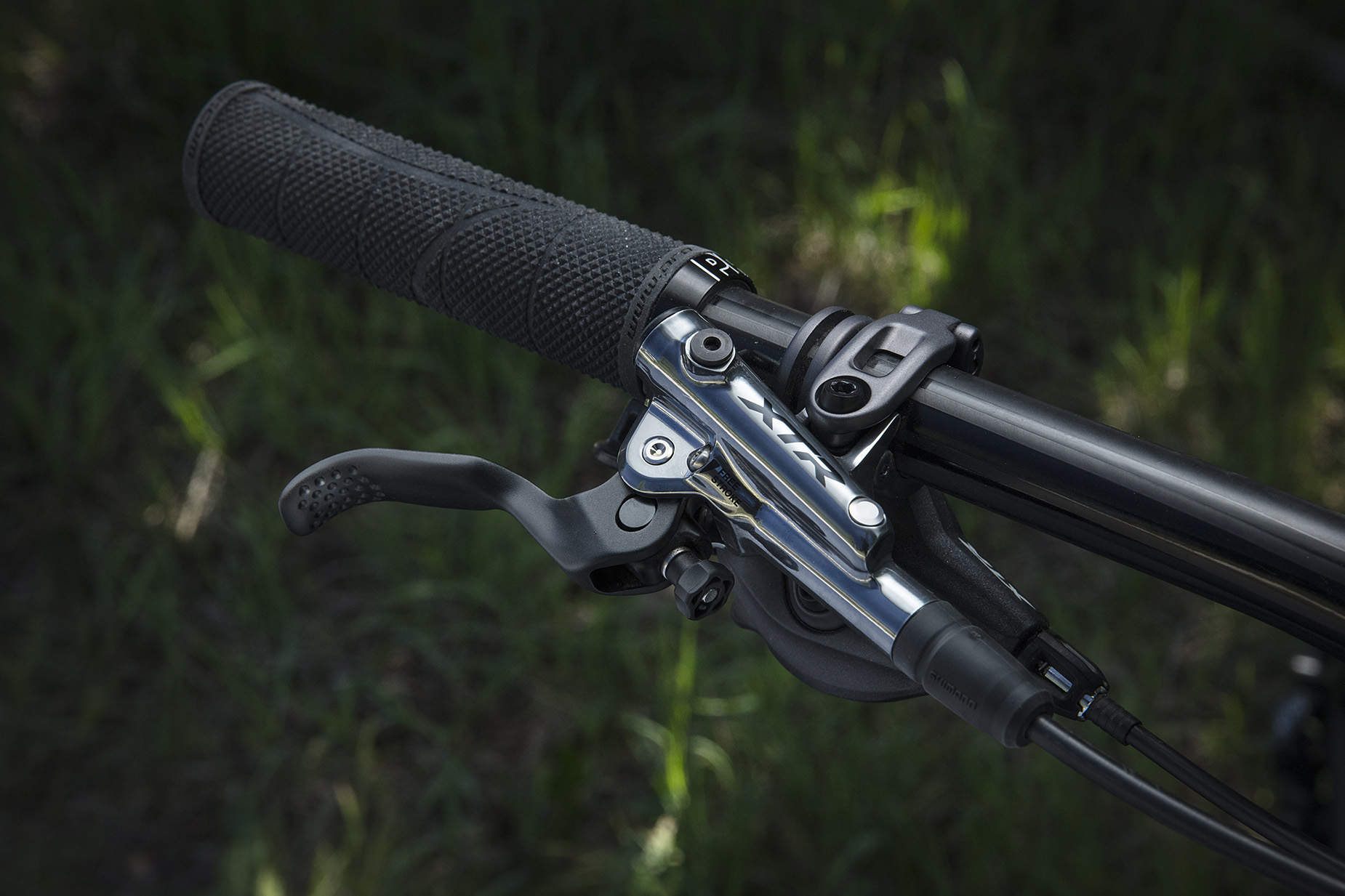
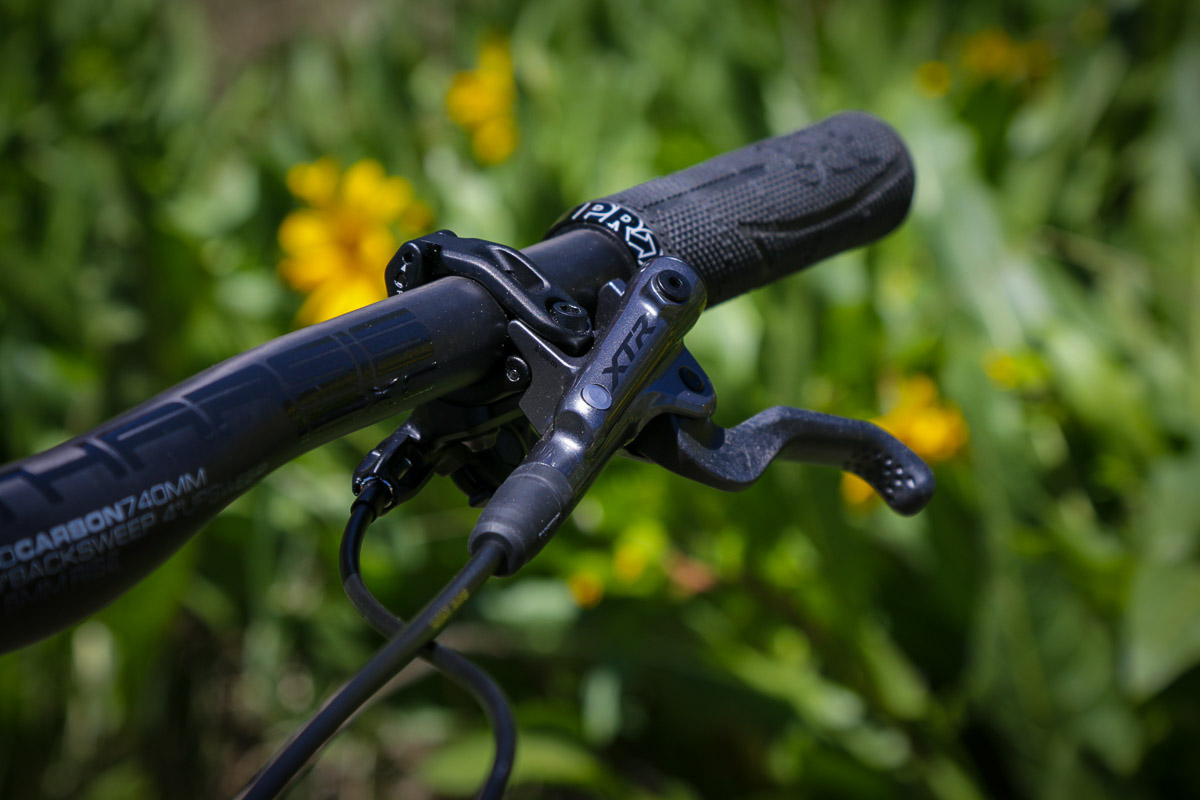
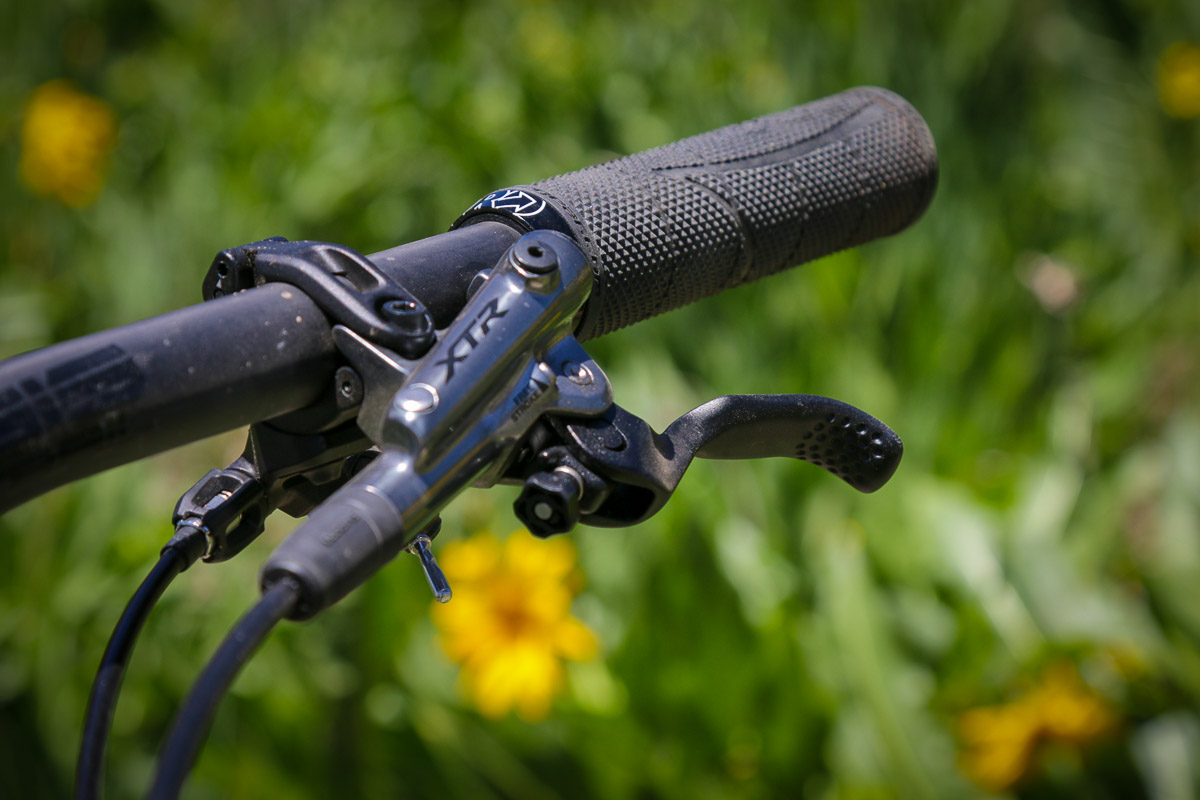
Brakes
Continuing onto the brake levers, the ergonomic improvements have slipped in here as well. Both brakes have a revised clamp architecture which places the wider band clamp farther inboard which does two things. It provides a more solid connection to the bar for a firm feel when braking hard, and it offers more room for you to adjust the brake lever positioning. The trail brake gets an additional ergo improvement with a new aluminum lever blade that is taller for better grip. In the parking lot, this can almost feel a bit too tall, but as soon as you start moving around on the bike you start to notice how much the feel of the brake lever has improved. This is especially true when under hard braking, and the added surface are of the lever makes it a vastly improved experience.
Like previous models, the trail/Enduro brake retains the tool-free reach adjustment, while the Race brake opts for a lighter carbon lever with tooled adjustment. There’s also differences in the free stroke of the lever with the Enduro brake offering a faster brake engagement than the Race brake. Both brakes have that classic Shimano feel, but there were some noticeable differences in power and how that power comes on between the two models. Shimano tells us that the power of the Enduro brake is similar to Saint level, but it comes on later which is what will differentiate the two platforms. If you prefer on/off braking with ultimate power, then the Saint brake is still the way to go.
As to which one you should choose? That seems to be pretty simple – if weight is a priority but you still want plenty of power, the Race brake is the easy choice. If ultimate stopping power and heat dissipation tops weight for you, then definitely go with the Enduro brake. For me, the Enduro brake was the standout given the improved power and better lever feel. My bike did exhibit some uncharacteristic noise from the front brake, but I’m told it was due to the brake not being properly bedded in prior to ripping laps in the Crested Butte bike park. So let that be a lesson to properly bed in your brake pads before going out for a big ride.
One area that Shimano decreased the noise however, is in the brake pads themselves. The pads have a tighter fit which allows for less rattle and a quieter brake. You’ll also find a new resin brake pad compound on the Race brakes and a metal pad compound on the Enduro brakes.
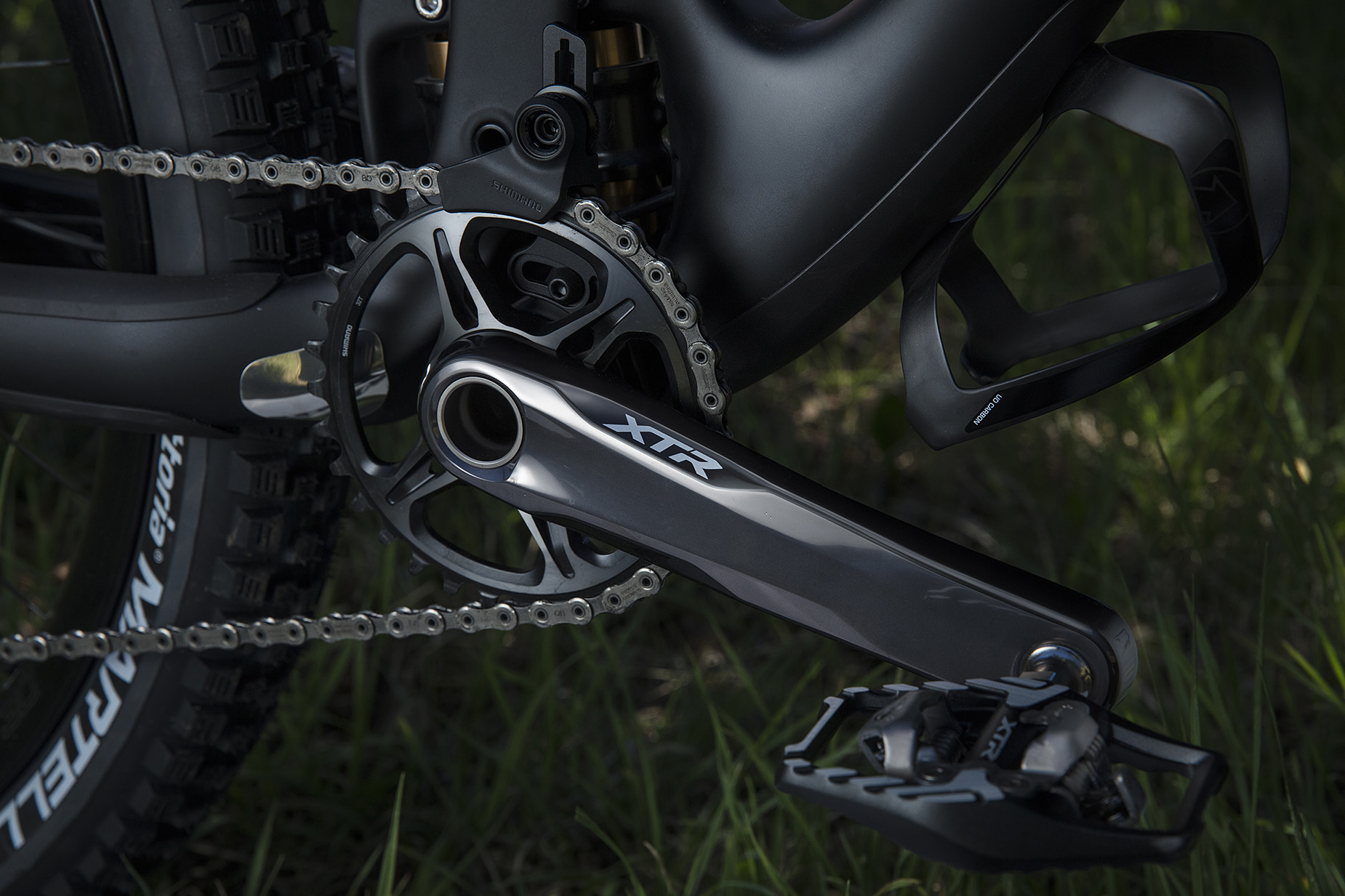
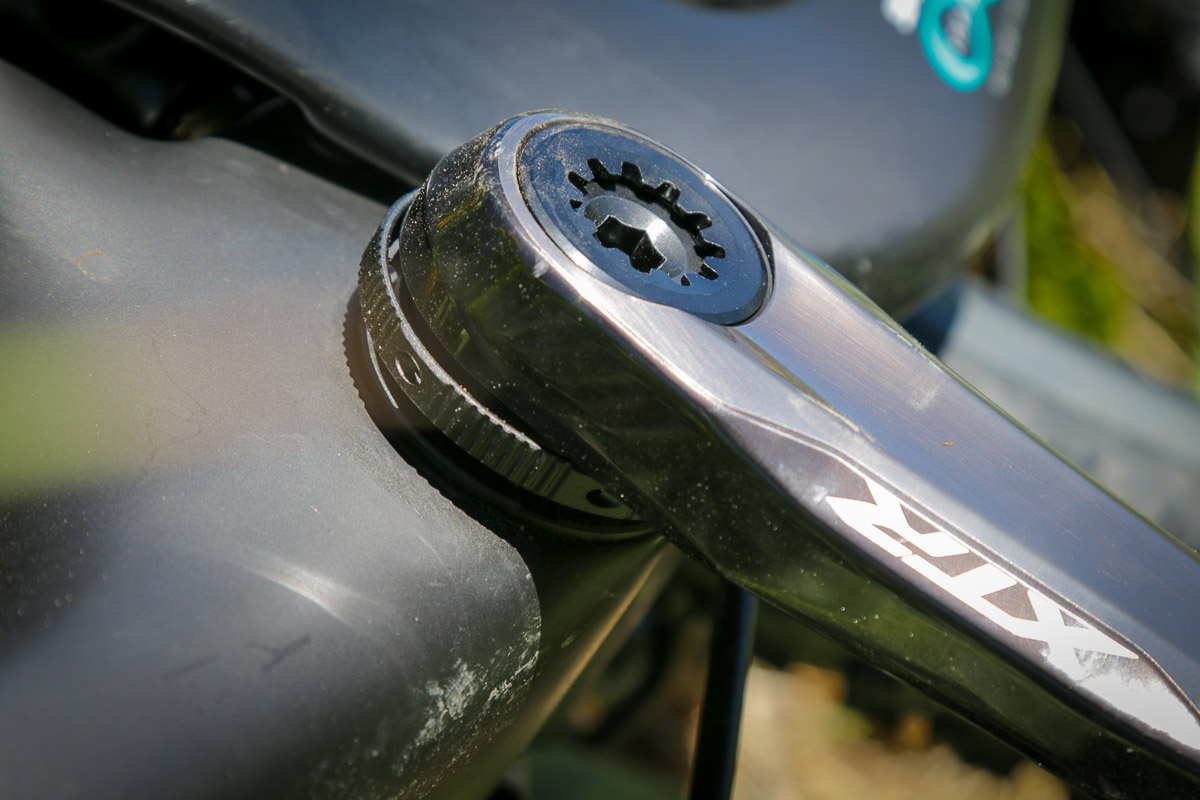
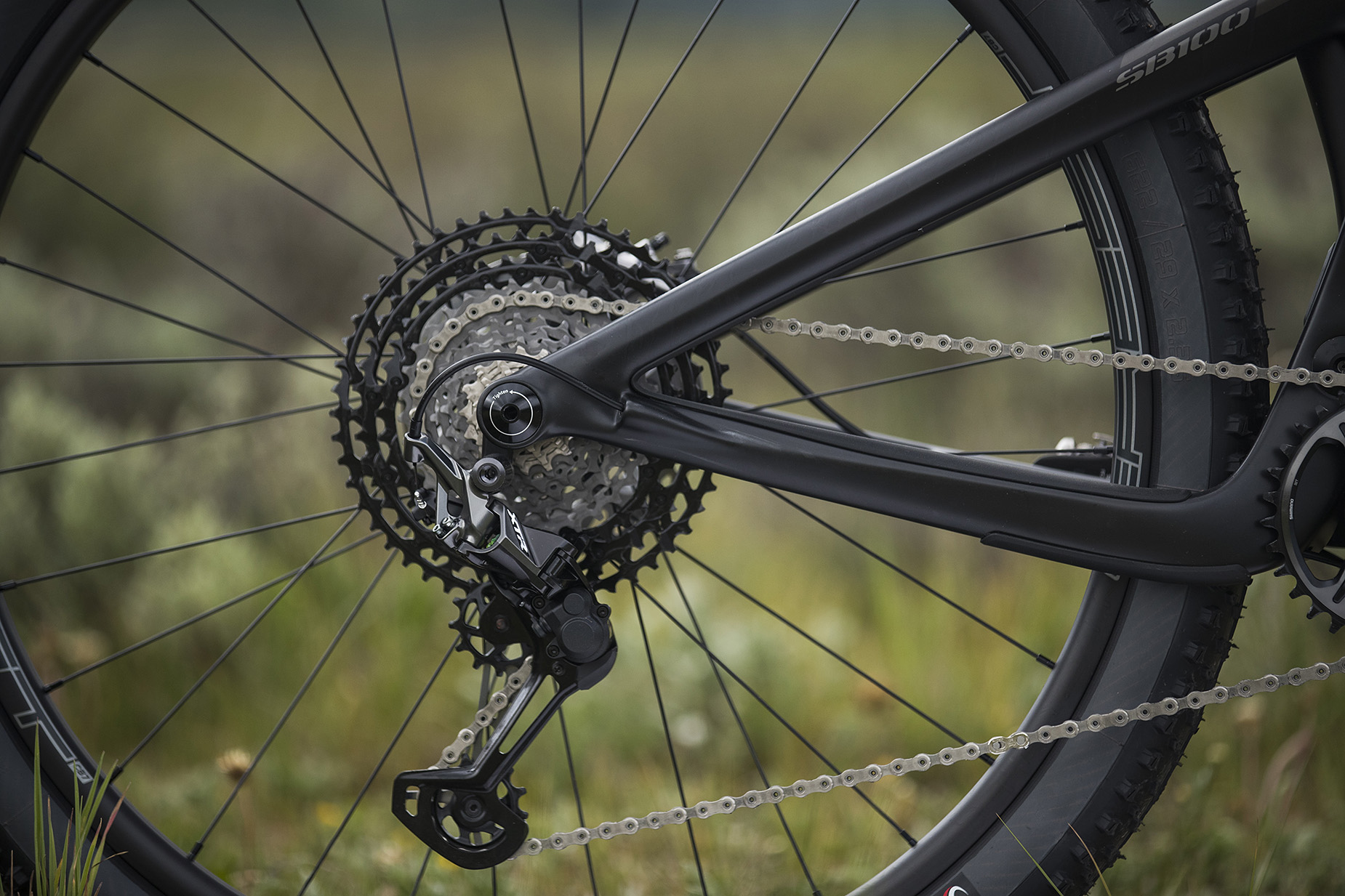
1×12
As good as all of the changes are at the front of the bike, it’s probably the back which will get the most people talking. Obviously, there are a few different options for gearing on the new XTR, but since this is a first ride report, I’ll stick to the drivetrain that I actually rode – the 1×12 with a 10-51t cassette (which requires the longer RD-M9100-SGS rear derailleur).
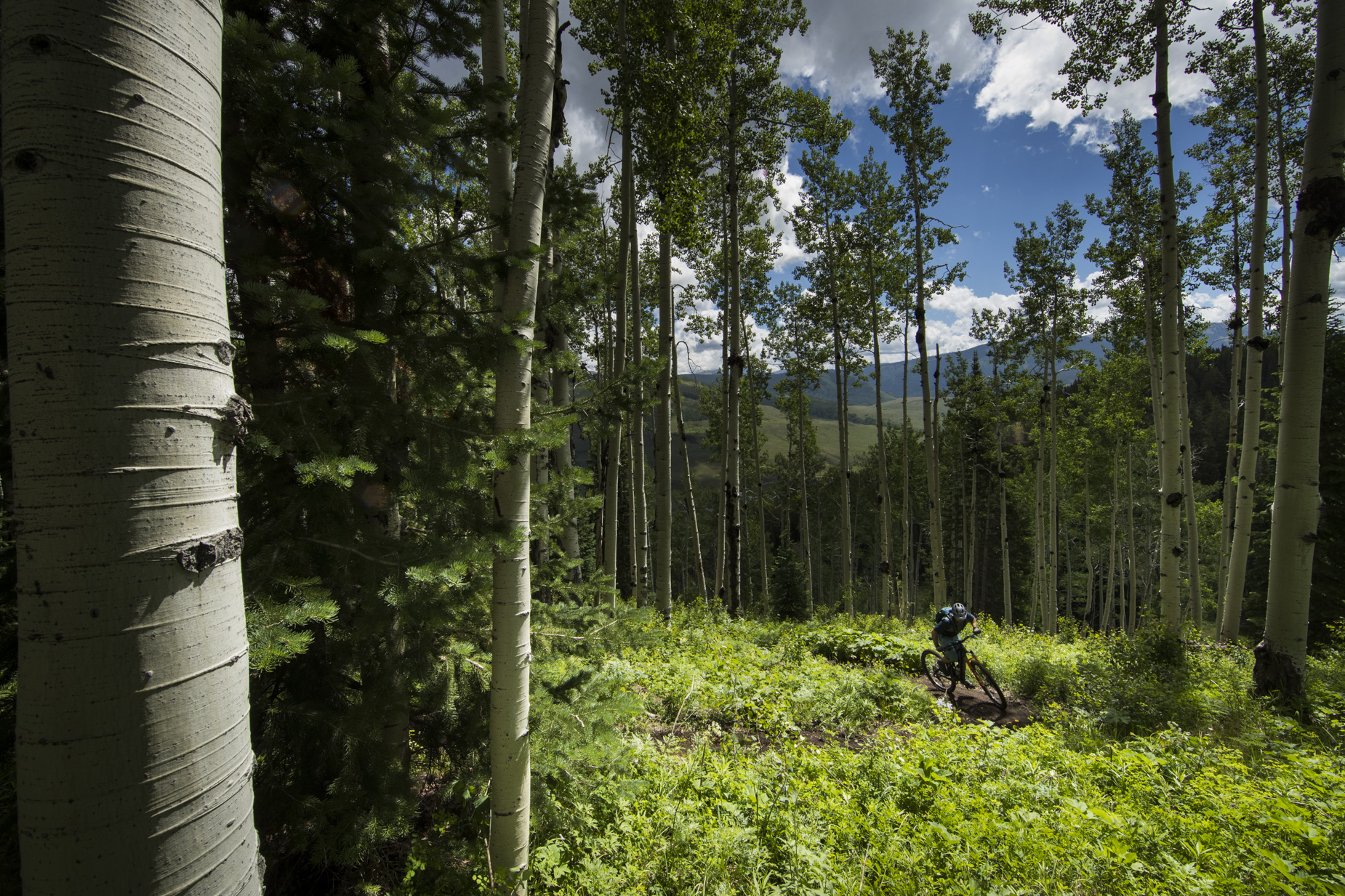
If the goal was to test out both the small and big gears of the cassette, Crested Butte is a pretty great place to do it. Situated at about 9,115ft at its base, the surrounding terrain of Crested Butte tops out at over 12,000ft in elevation. That means for any type of XC ride, you have to start by going up. For the sea level dwellers among our group, it wasn’t long until the derailleurs were flirting with that 51t cog in the rear. Fortunately, a lot of the climbing here is pretty mellow which made it easier than expected, but it was still a workout.
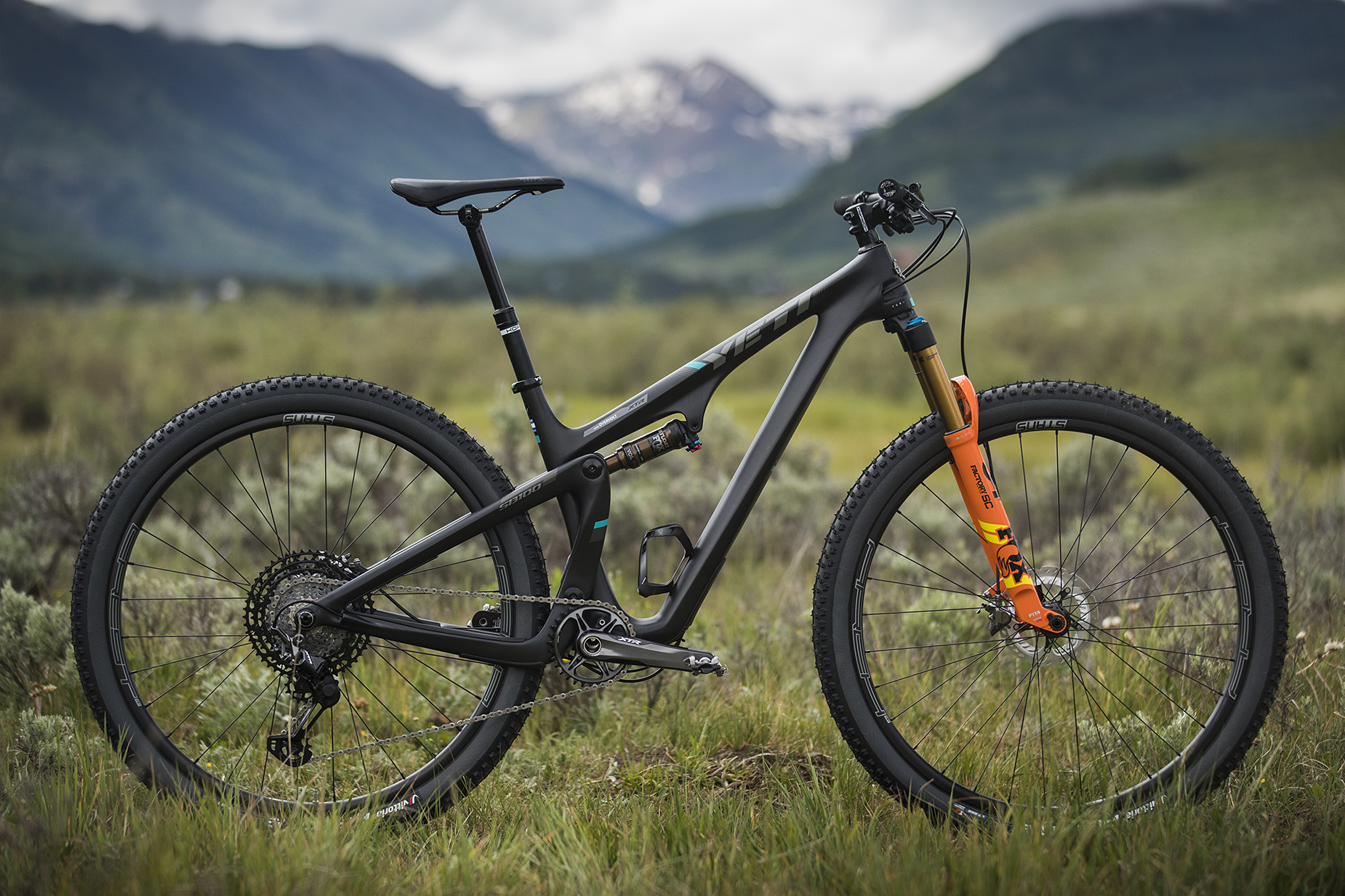
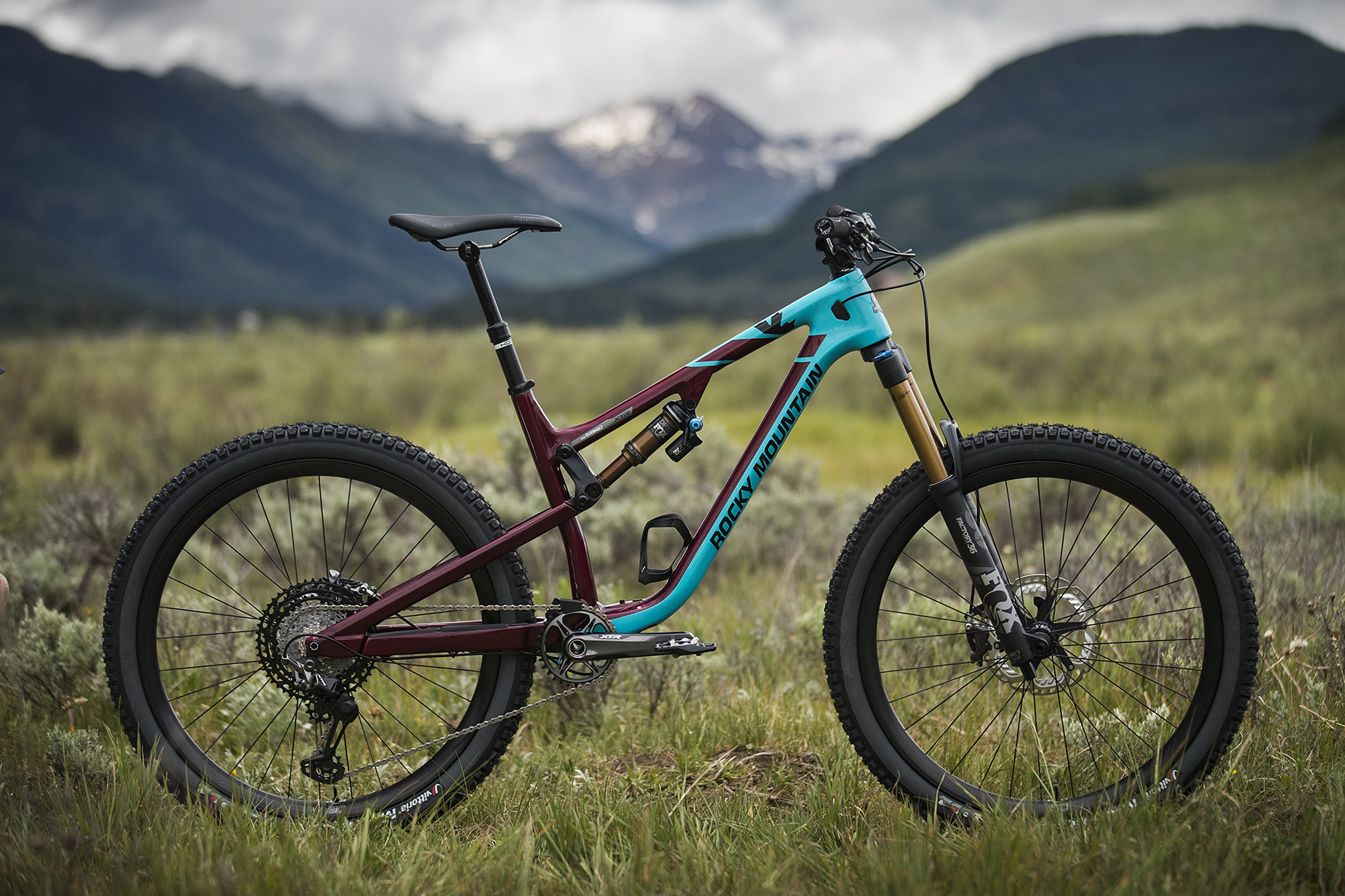
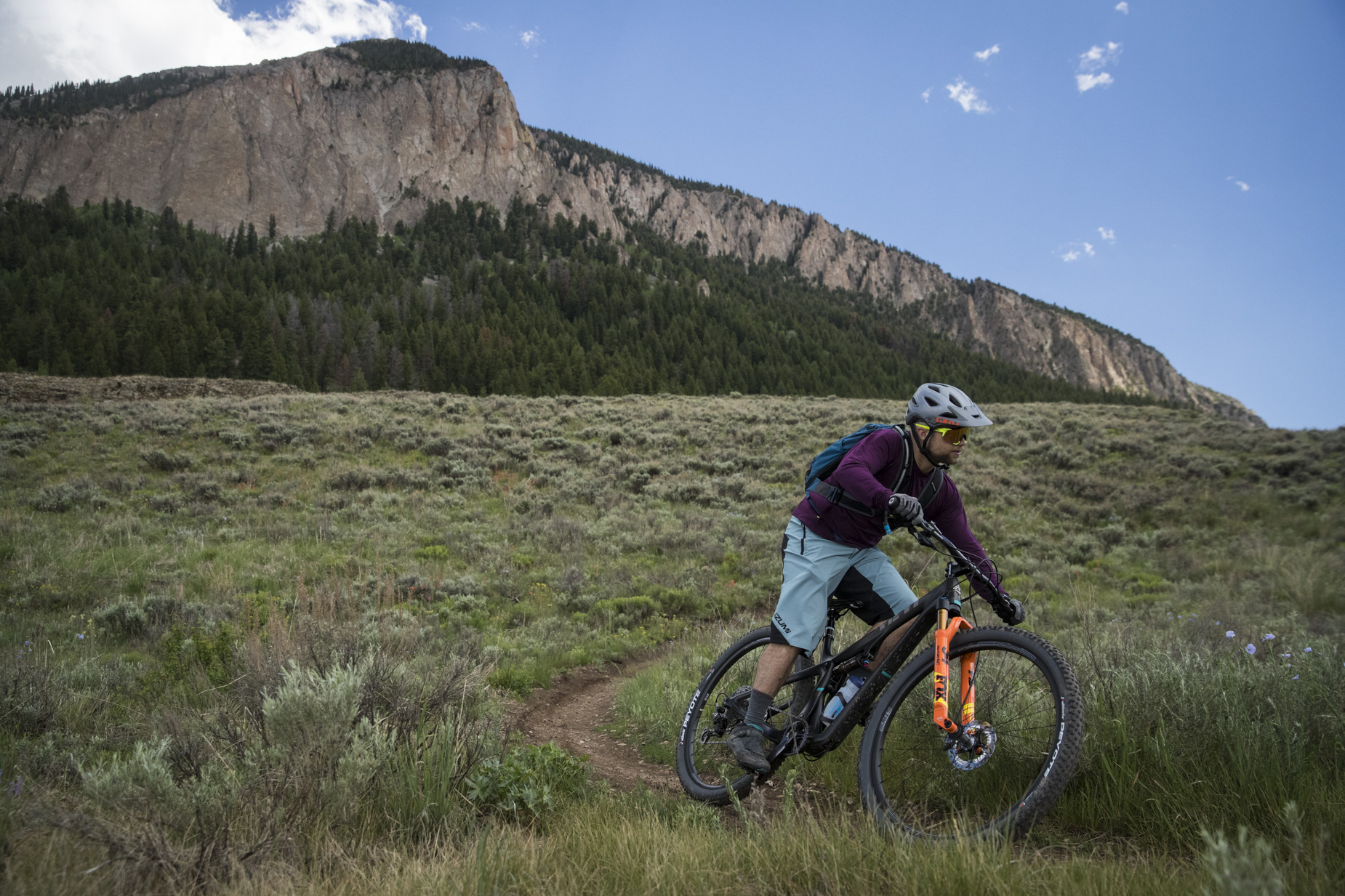
Riding in Crested Butte, Colorado
The way the camp was set up, we started the first day with an XC ride around Crested Butte on our “XC bikes” that were set up with the Race components. Then, we switched to the Enduro bikes and knocked out some laps in the park, followed by a true Crested Butte classic of 403 to 401 on the Enduro bikes the following day. Two bikes, two groups, and three substantially different riding styles. If anything, this showcases the group’s versatility. From a super light XC monster like the Yeti SB100 to smashing laps in the park on the Rocky Mountain Altitude, short of full on DH there is probably an application for everyone with the new group.

While the majority of time was spent on the Enduro bikes, our time on the XC bikes was more than enough to get a solid first impression. Honestly, the group feels familiar but new all at the same time. It’s not a radical departure from the previous XTR Race group, but it does check off almost any box you could think of in terms of improvements with the biggest being the move to a 1×12 platform.
Thanks to the 10-51t spread on the cassette and a 32t ring up front, I was adequately geared for both high and low for the steepest climbs and longest descents we ran into. I was honestly a bit nervous heading into the camp about the amount of climbing at this altitude, but even when I looked ahead at the trail and thought “I’m going to have to get off and walk for sure,” I just popped it into the 51 and spun to the top.
There also seems to be some credence in Shimano’s choice of Rhythm Steps as I was never forced to hunt for the right gear to find the proper cadence. Shimano’s jumps of 2-2-2-2-3-3-4-5-6-6-6 limit the biggest jumps torwards the easier gears but at that point, bigger jumps seem to be less of an issue. That keeps the gear steps closer together towards the middle and small end of the cassette which is where you’ll notice them more. In reality, this seemed like an ideal cassette configuration offering Shimano-like shifting but still with plenty of range.
Hyperglide+
In terms of both groups, I think the Hyperglide+ shifting will be one of the most loved improvements (for more on what exactly Hyperglide+ is, check out my interview with Nick Murdick, here). It’s easy to completely overlook it at first as you have to be paying close attention to realize what’s actually going on, but there is a noticeable improvement in the way the cassette shifts down to a harder gear. That will be directly experienced by racers when trying to power out of a corner or taking off for a sprint and grabbing harder gears. In typical Shimano fashion, this shifting is almost seamless – which is what makes it so good. The downside of course is the need to run only the Shimano HG+ chain and chainrings for the proper performance, but this is not that surprising given that it’s been engineered as a complete system.
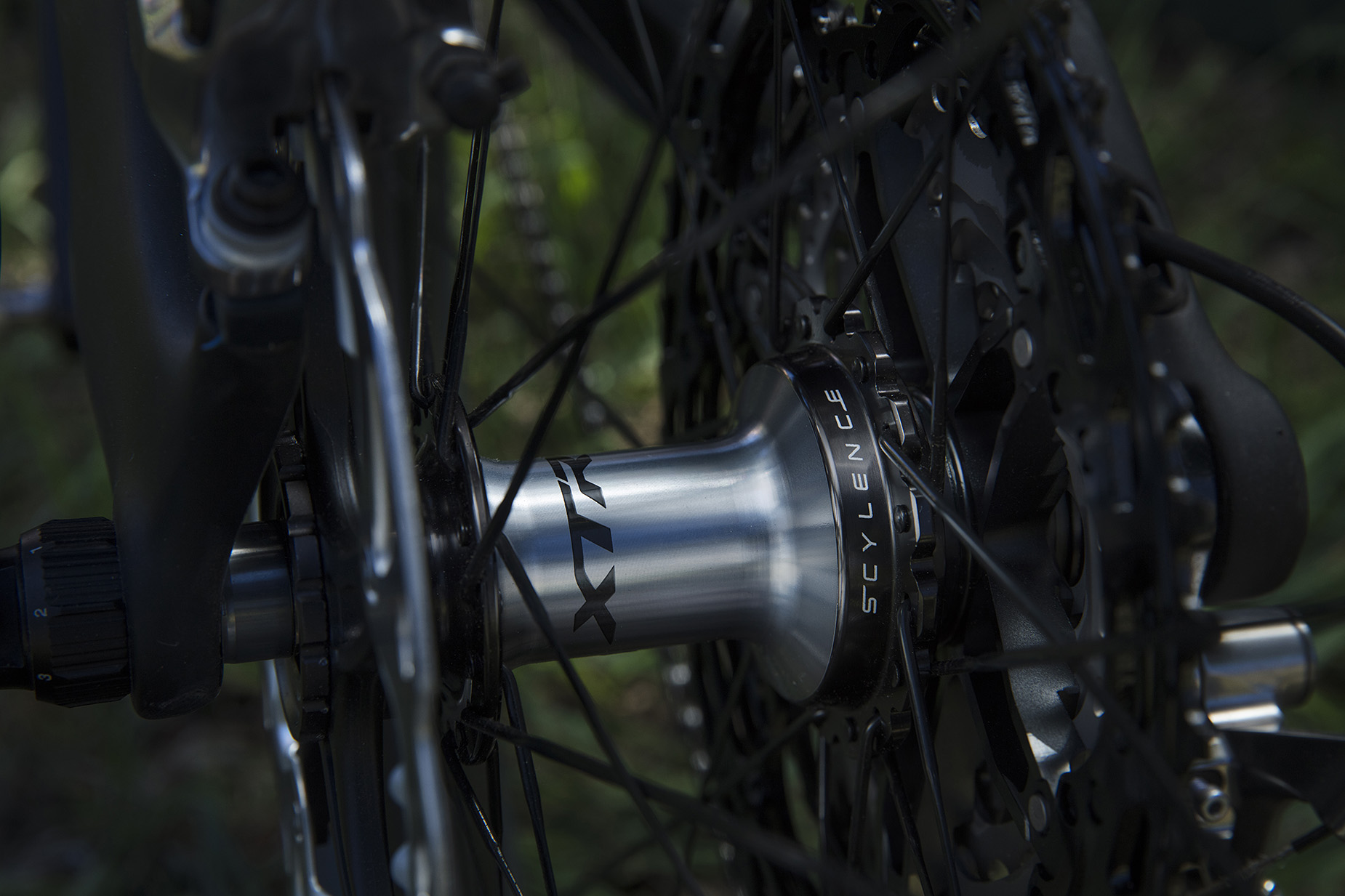
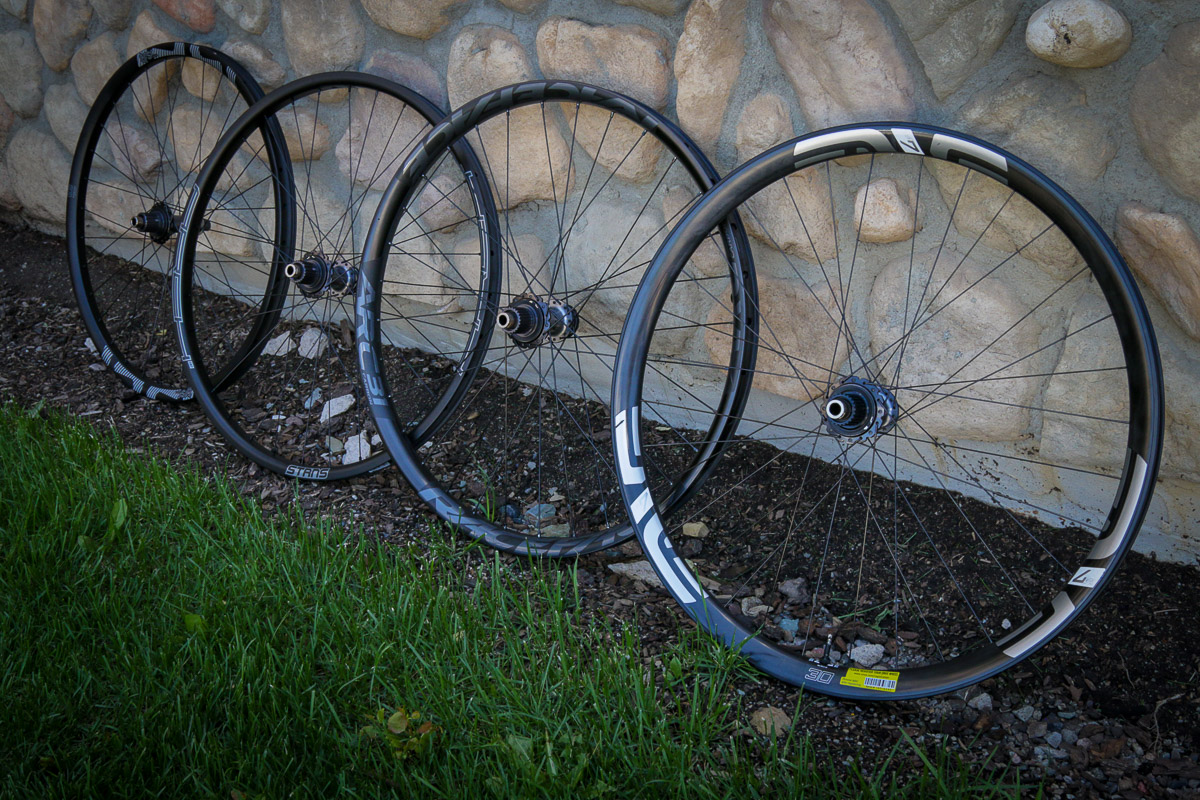
Scylence hub
What was more noticeable on the Enduro bike thanks to the terrain was just how silent the group is. From chain noice, to derailleur movement, etc., everything is remarkably quiet and stable even while bouncing down rough terrain. This was probably highlighted by the Scylence hub which is damn near silent. I wouldn’t go as far as saying that I could hear the amount of grip my tires had, as one Shimano athlete put it, but I will say that the silence was certainly appreciated. I’m still a fan of loud hubs in the right circumstance, but there’s also something to be said for the sounds of nature as you’re pedaling far from civilization.

The Enduro build also highlighted two of my other favorite features – the brakes and the new Trail pedal. As mentioned earlier, the Enduro brake has a number of changes that offer it more power, better modulation, and improved feel at the lever and that’s immediately noticeable on the trail. Nosing into a technical section that you’re maybe a little unsure of, the added control at your fingertips is a huge confidence booster. Not to mention when screaming down a long descent like the 403 trail, it’s imperative to have a brake that doesn’t fade on you halfway down. Shimano brakes already have some clout as some of the best available, and this Enduro brake will add to that reputation.
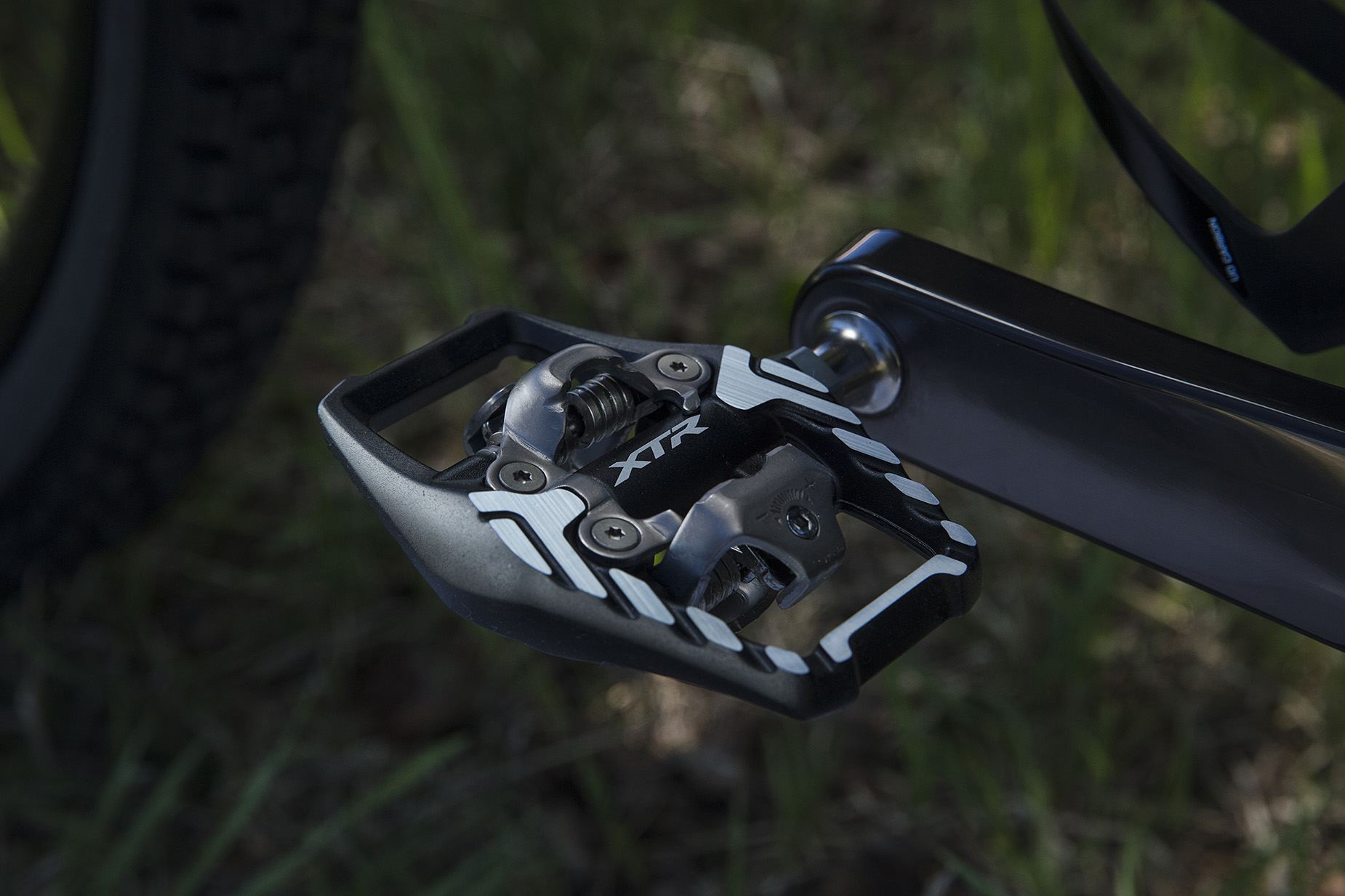
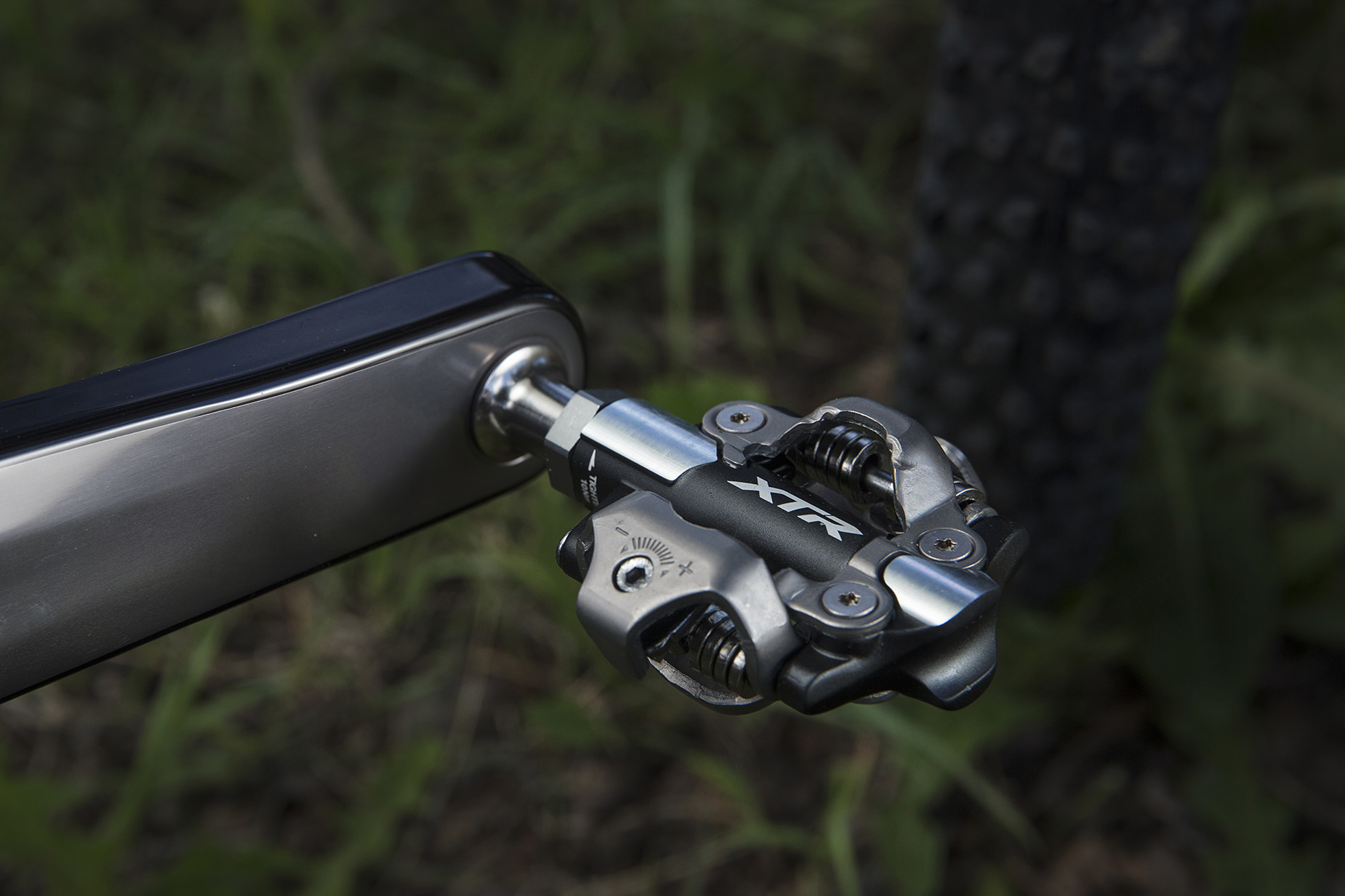
Trail vs. XC pedals
As for the pedals, this should come as a no-brainer, but the outer cage finally supports more of the shoe. Where the previous Trail pedal essentially just supported your foot on the outside of the clip, the new Trail pedal supports it all the way around the back of the pedal. Granted, you’ll still need a shoe that has tread blocks that will properly interface with this new support, but the result is a Trail pedal that finally offers substantially more support than the XC pedal (both wider and longer).
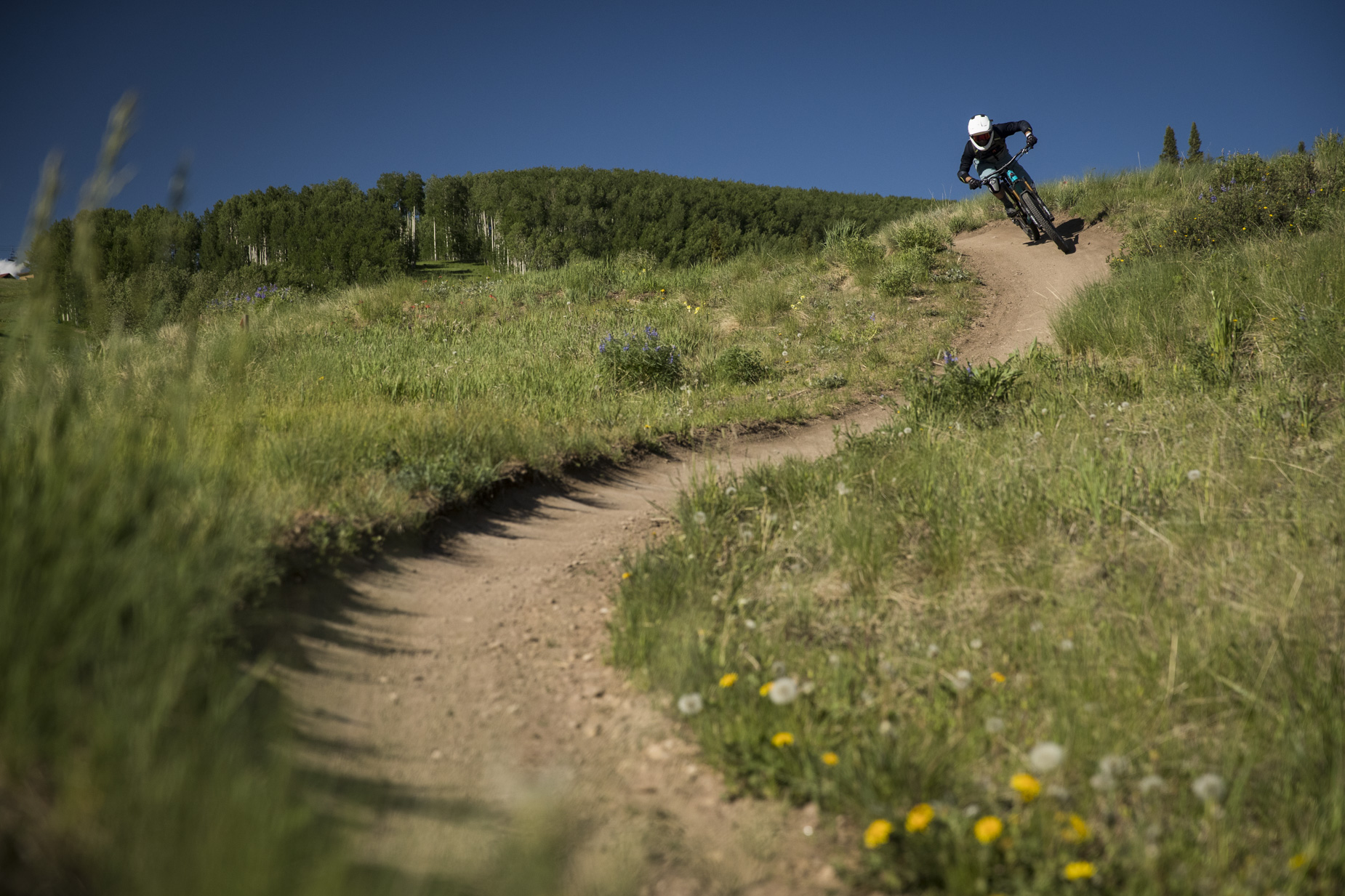
Finish line
Throughout the two days of riding, I’m happy to report that there was not one issue with the shifting – whether a missed shift, dropped chain, etc. In that way, this is the Shimano XTR we all know and love, only better. Every bit of this group seems to have been scrutinized, optimized, and improved to the best of Shimano’s ability, and the result shows. This is the group that Shimano had to make in order to stay relevant, and while it may have taken them longer than expected – at first ride, it seems well worth the wait.
